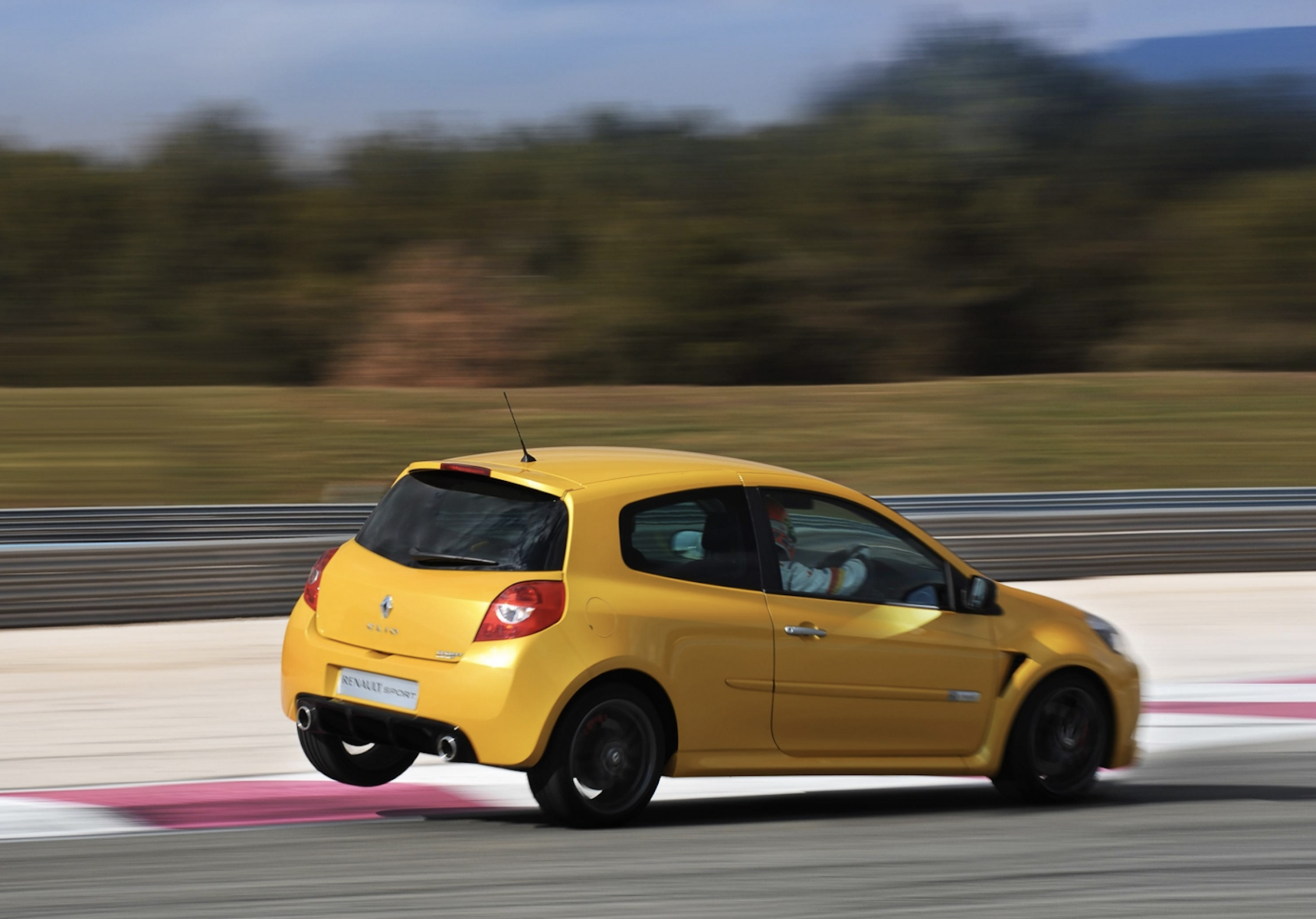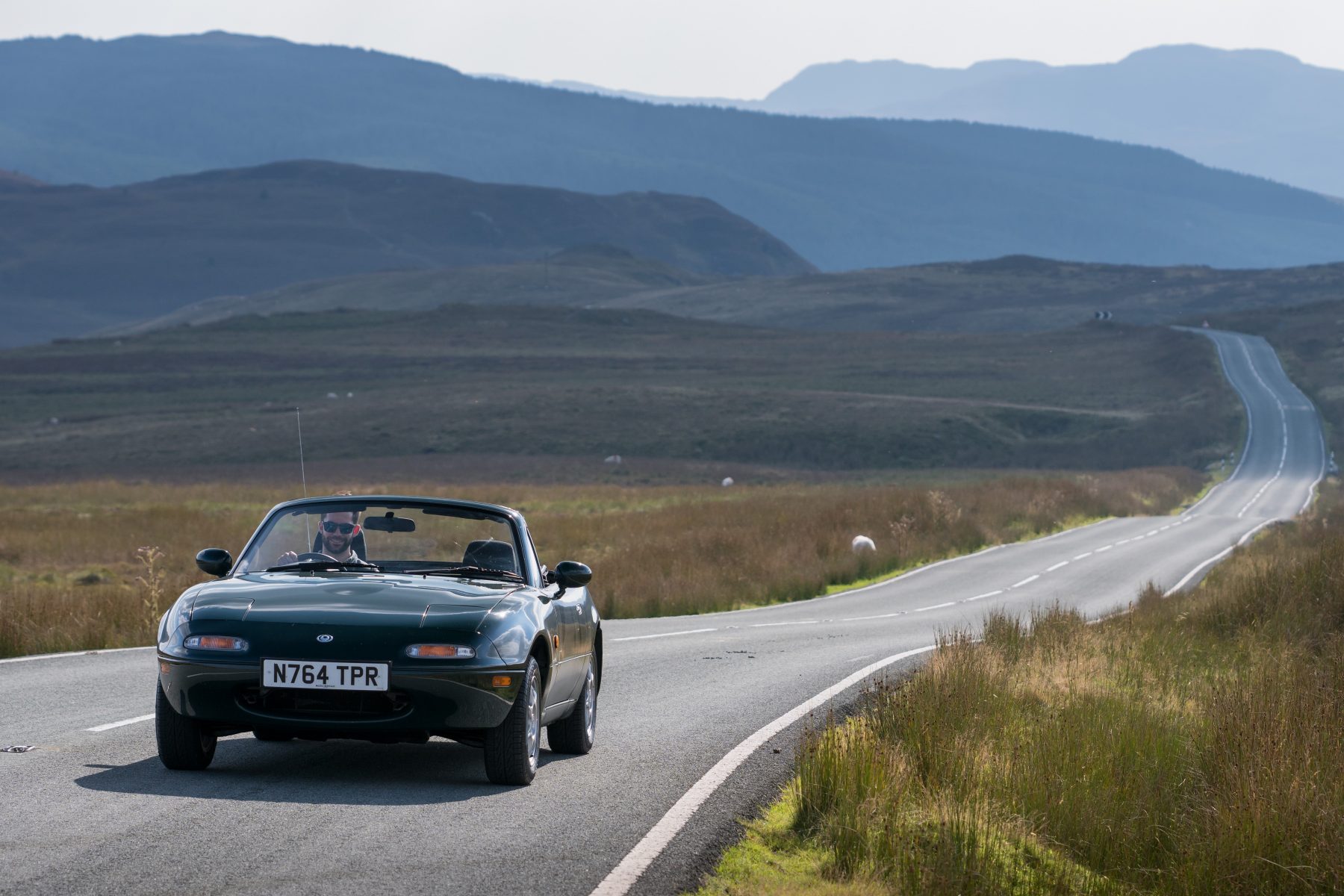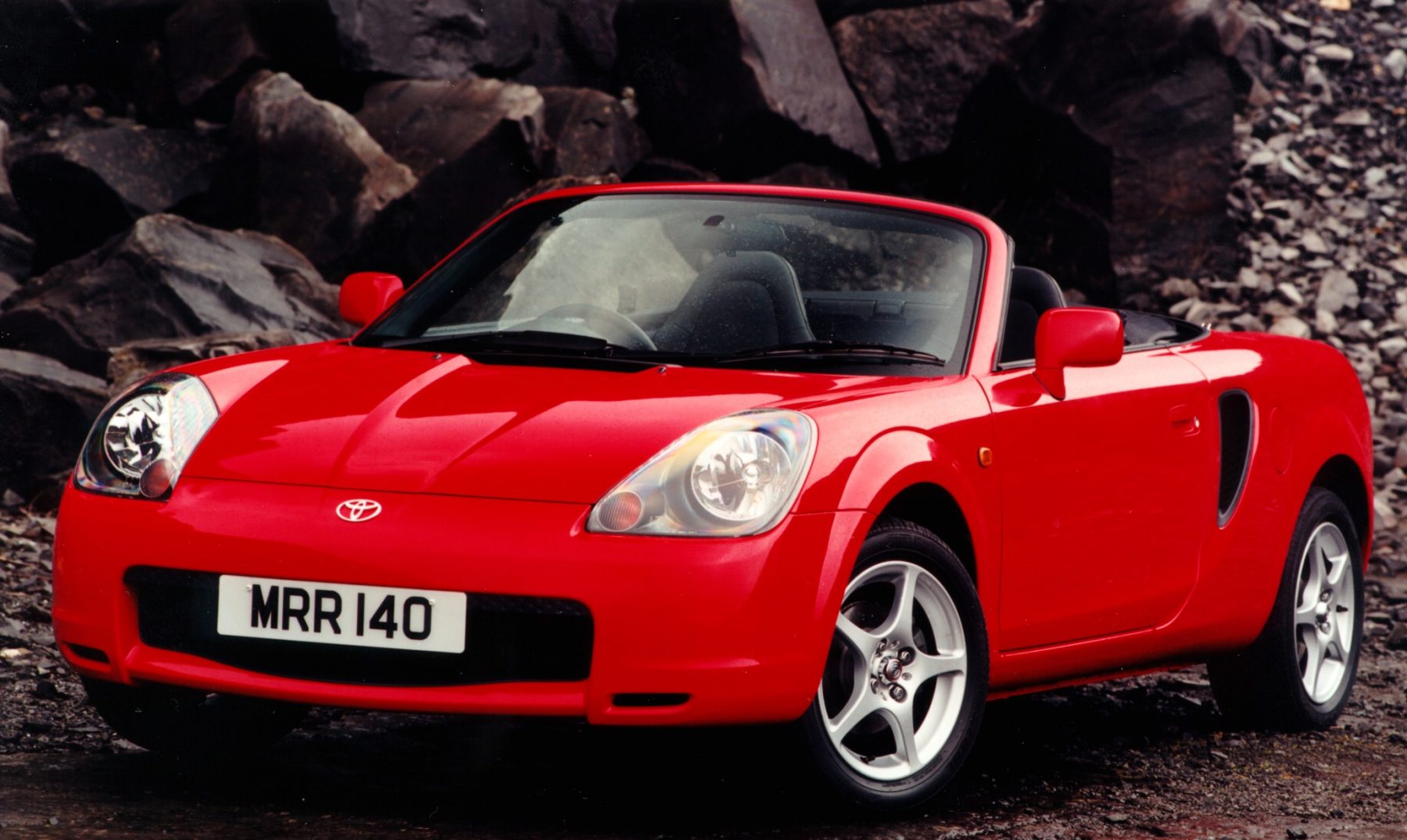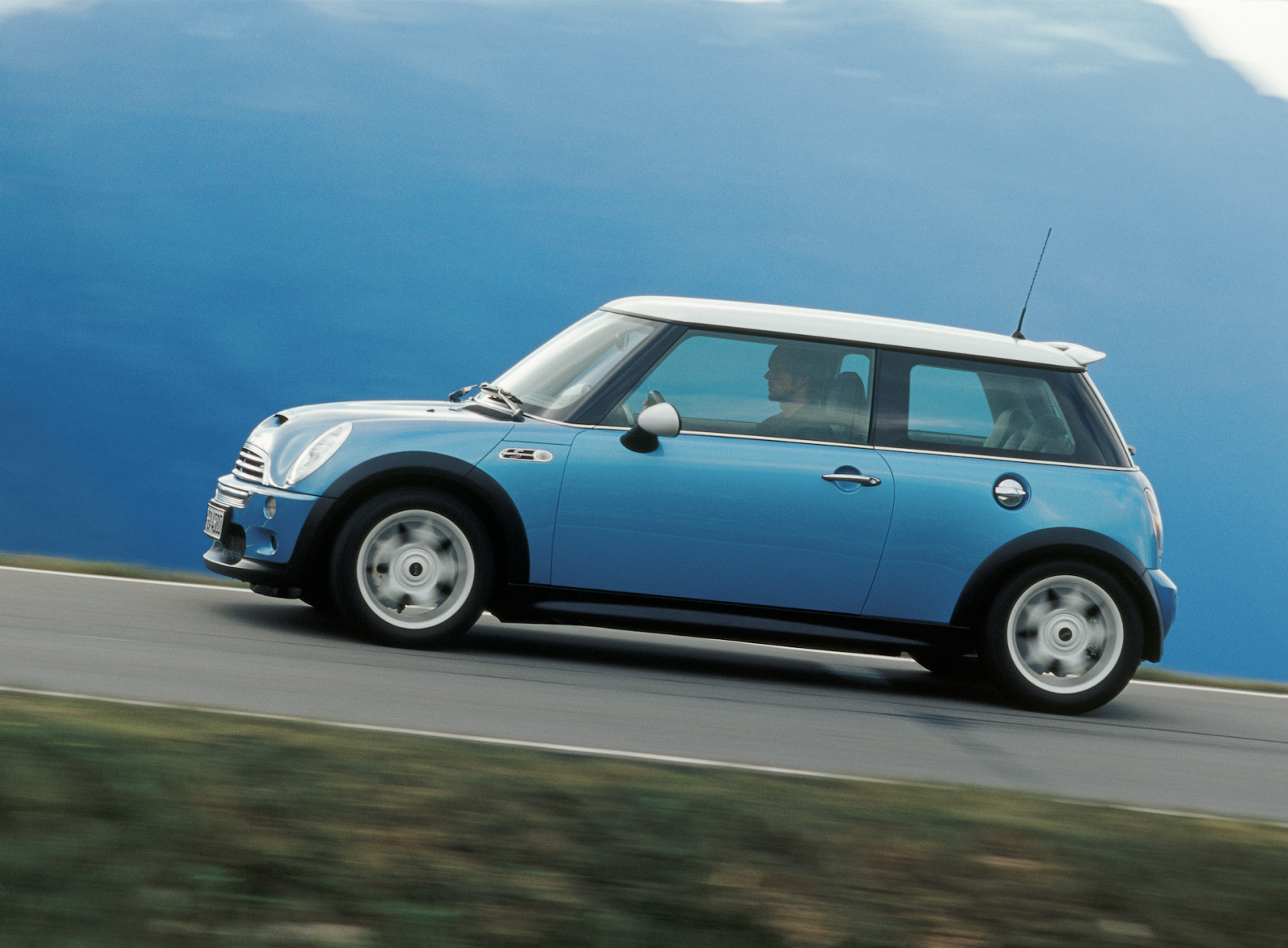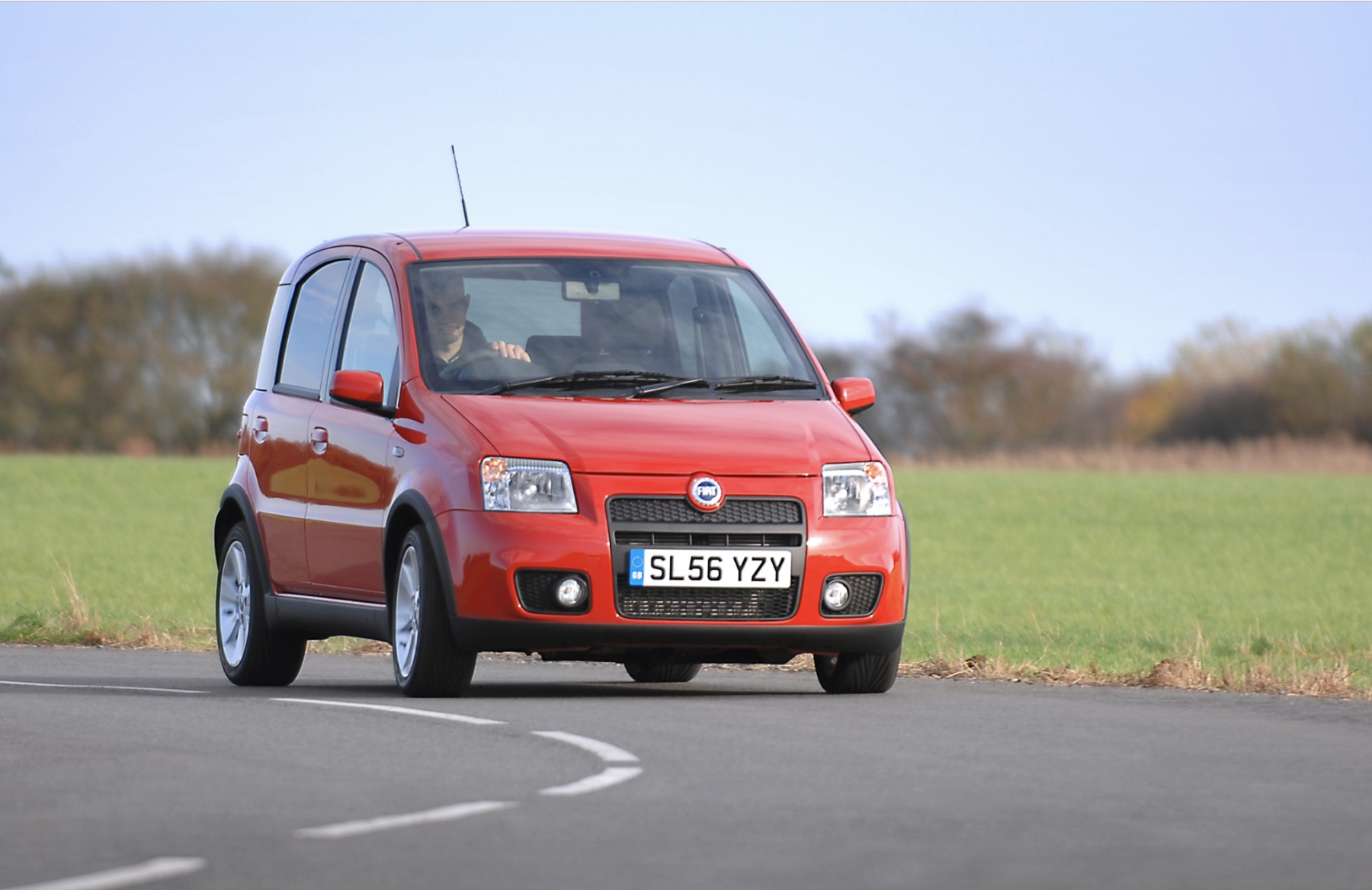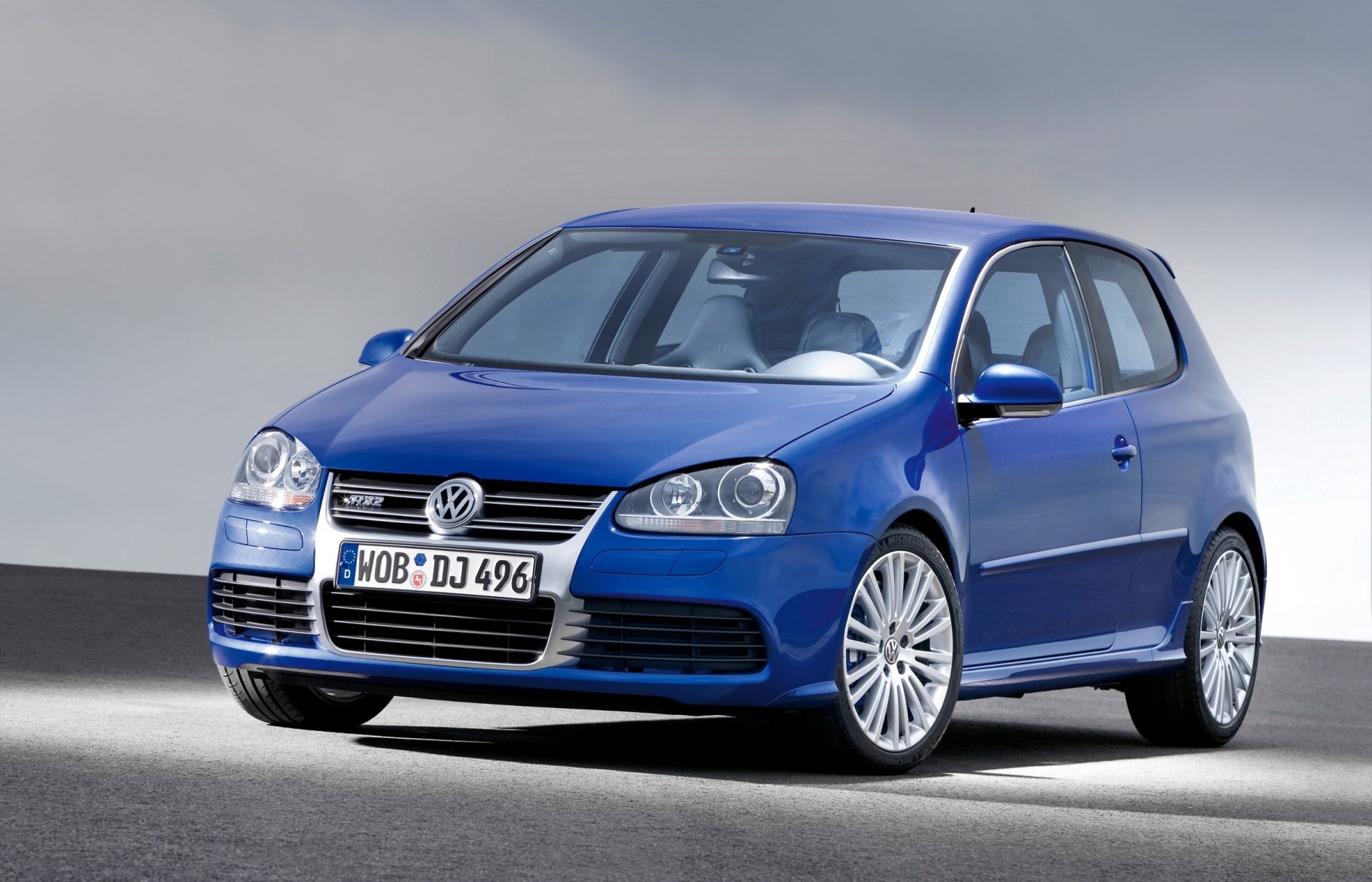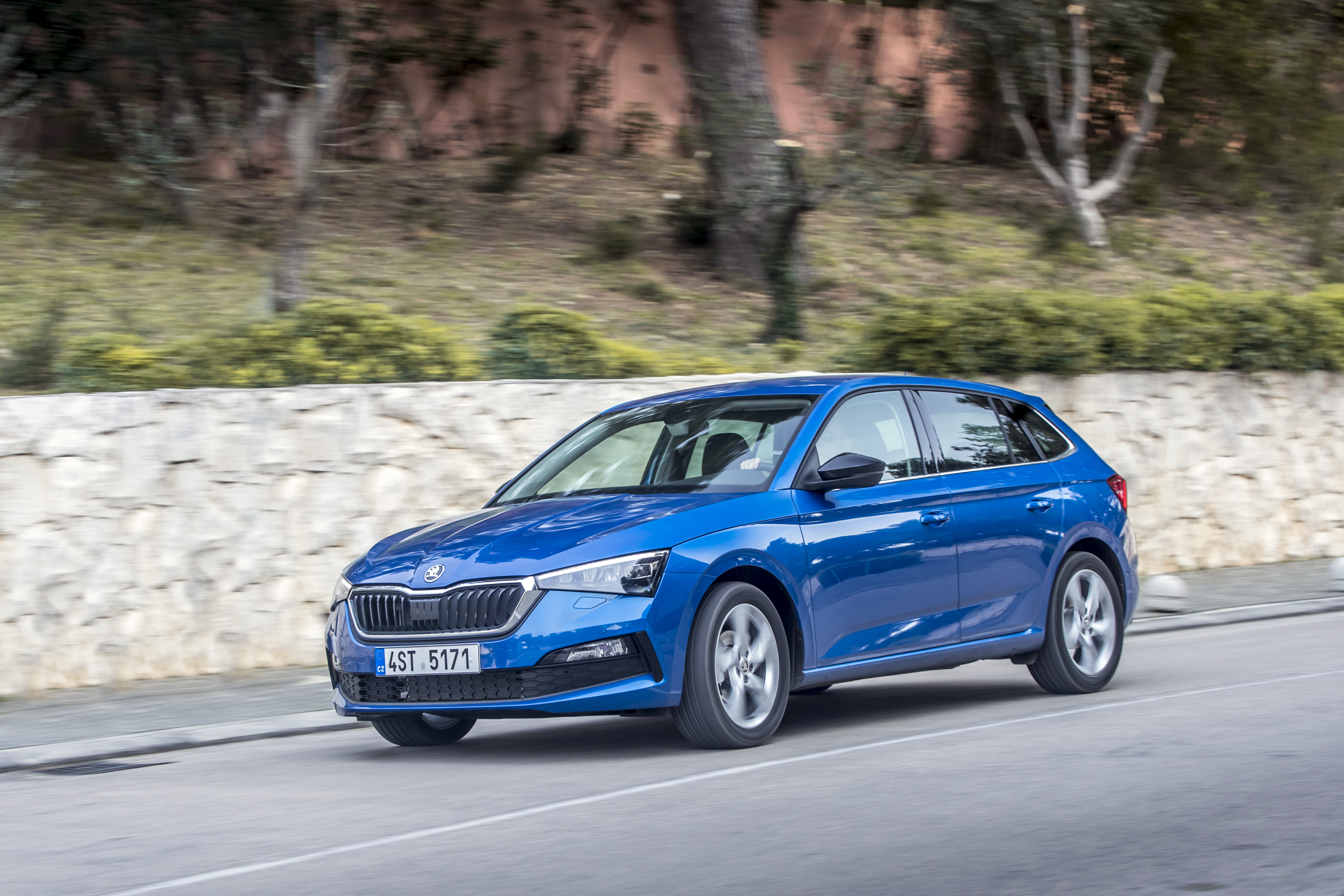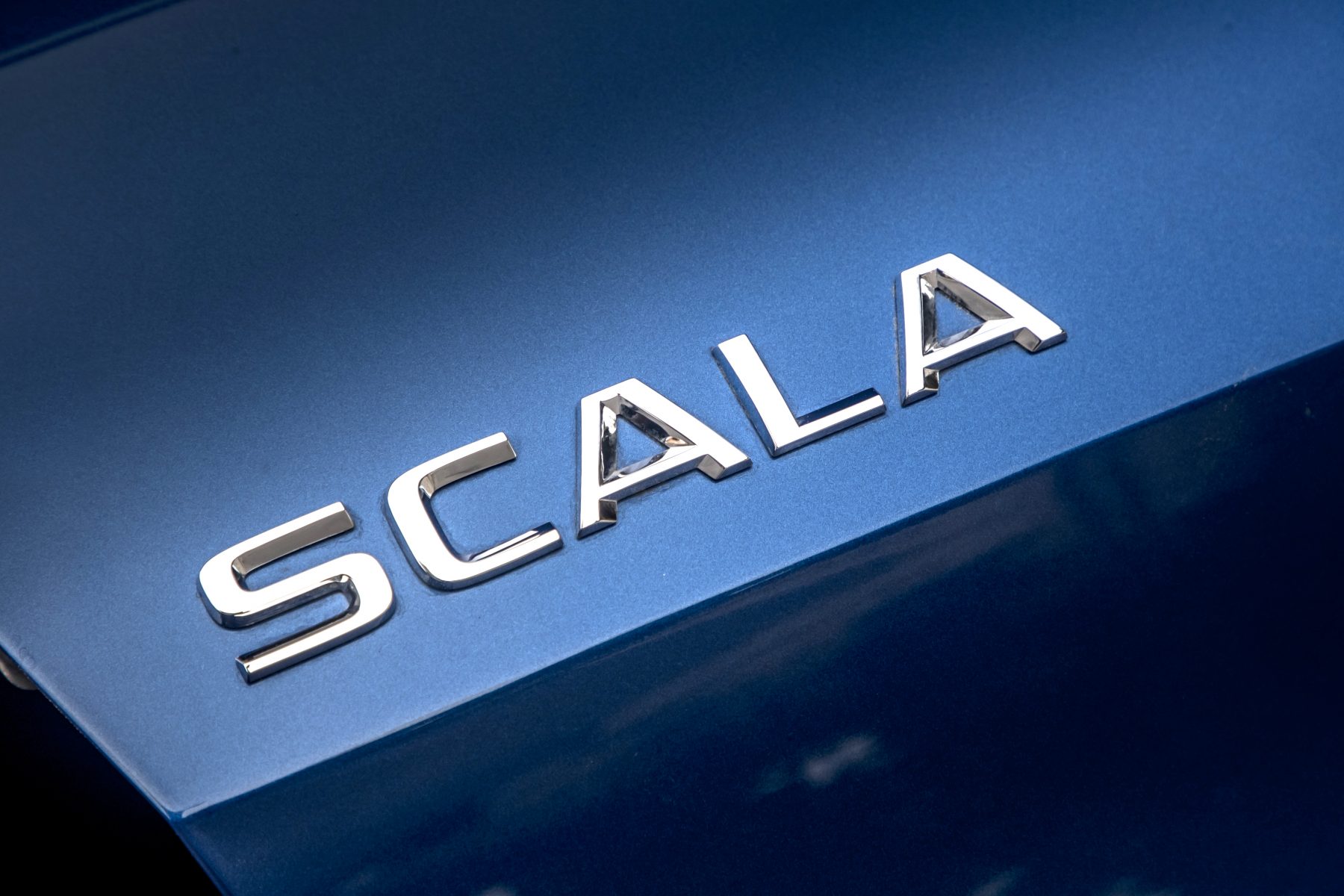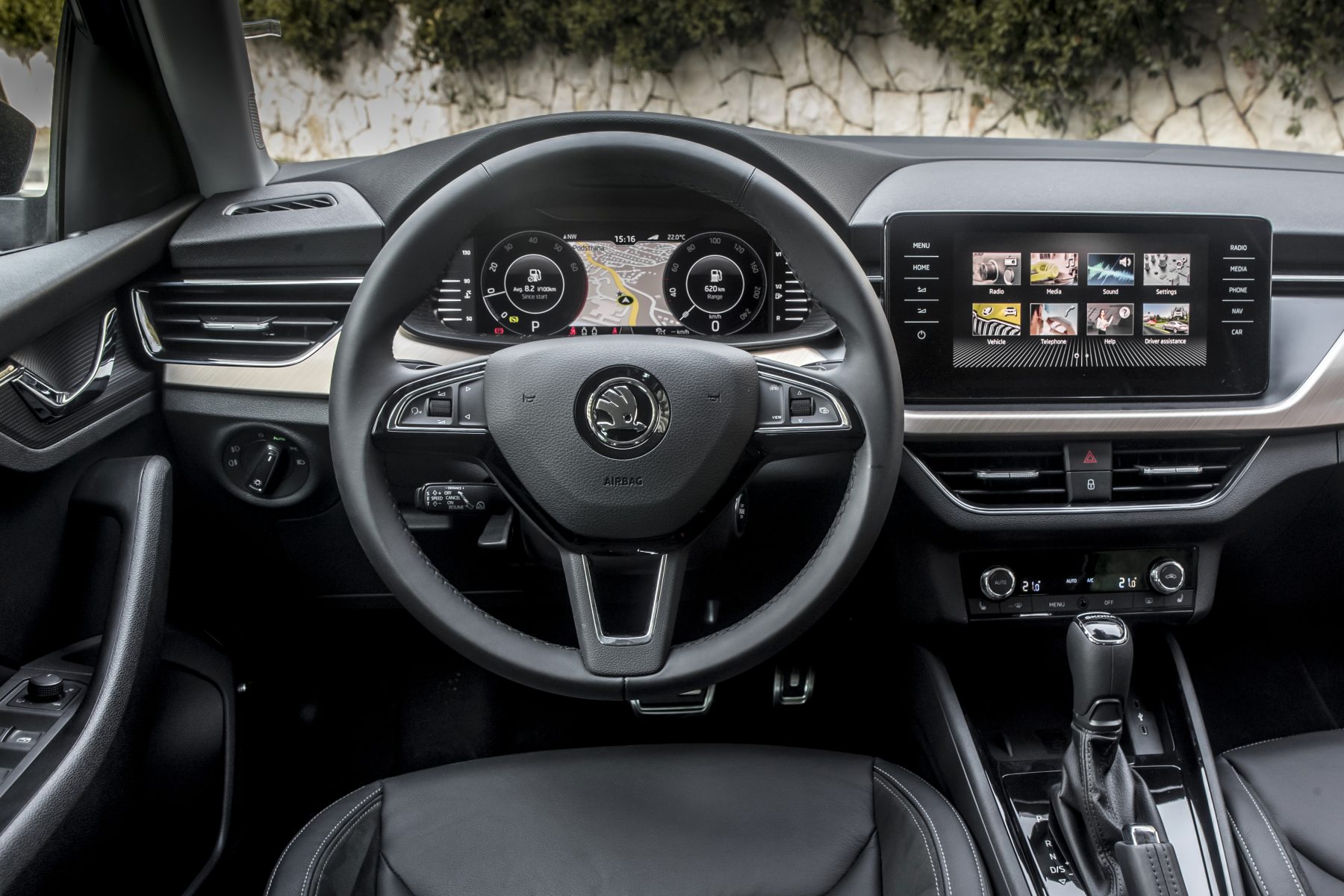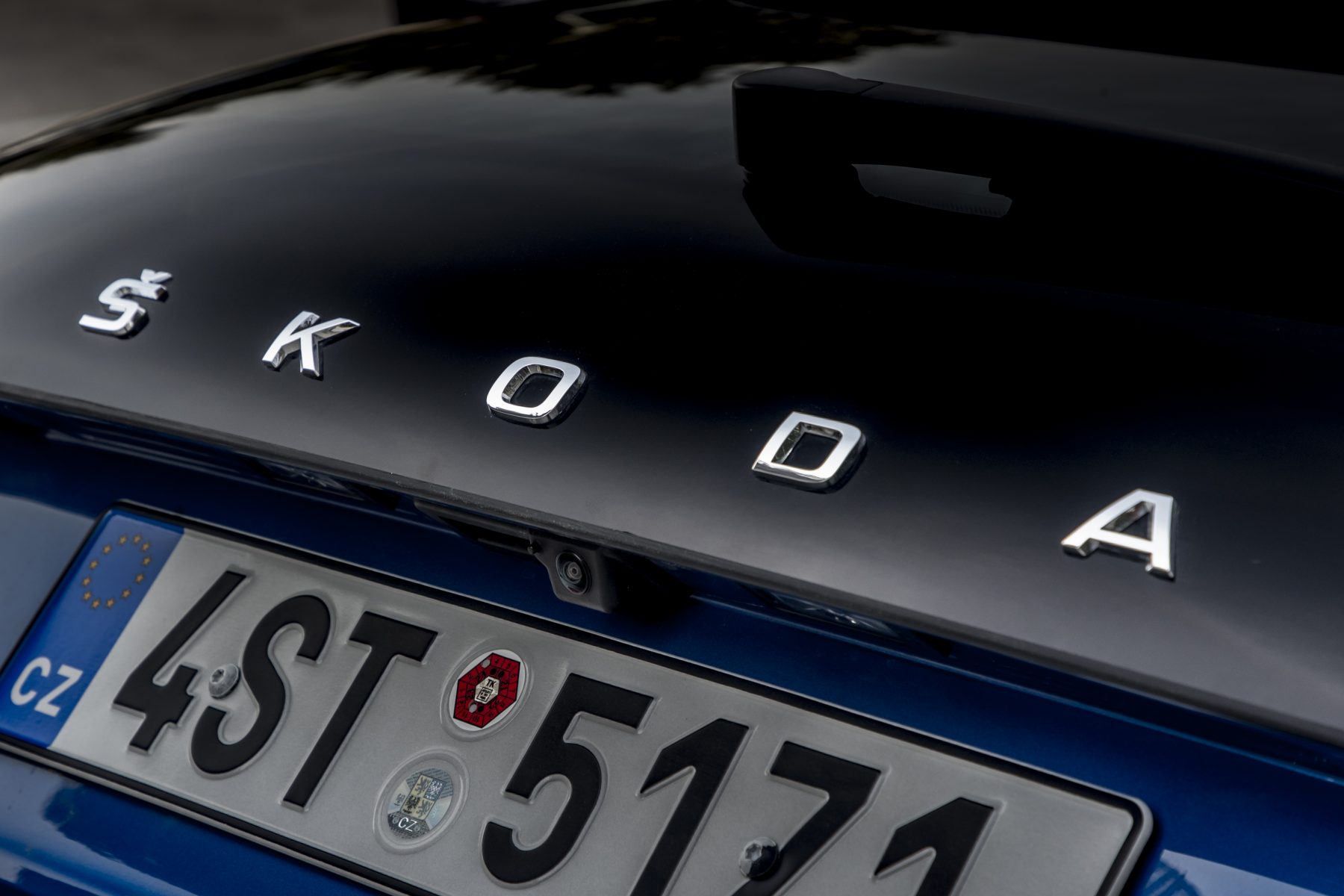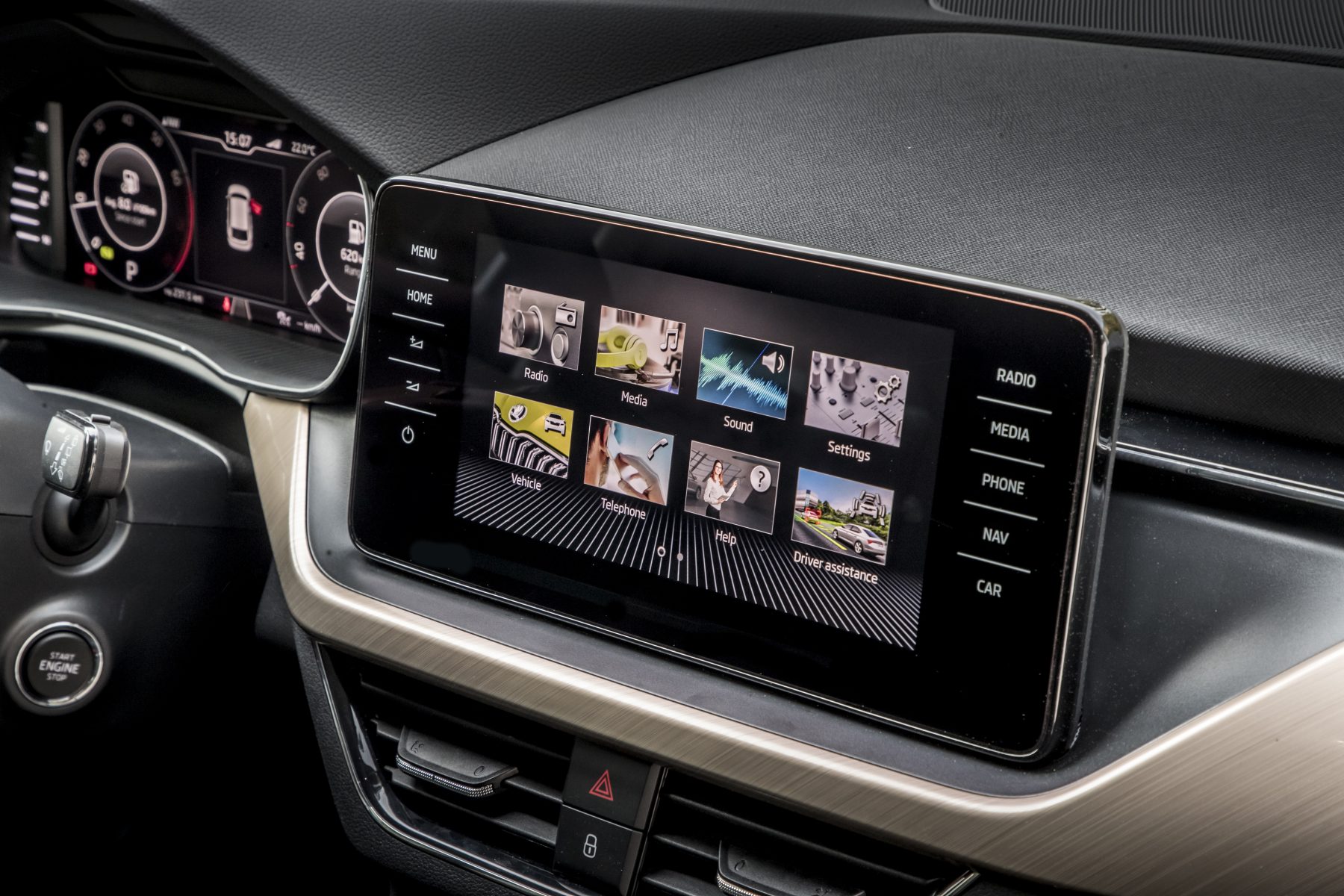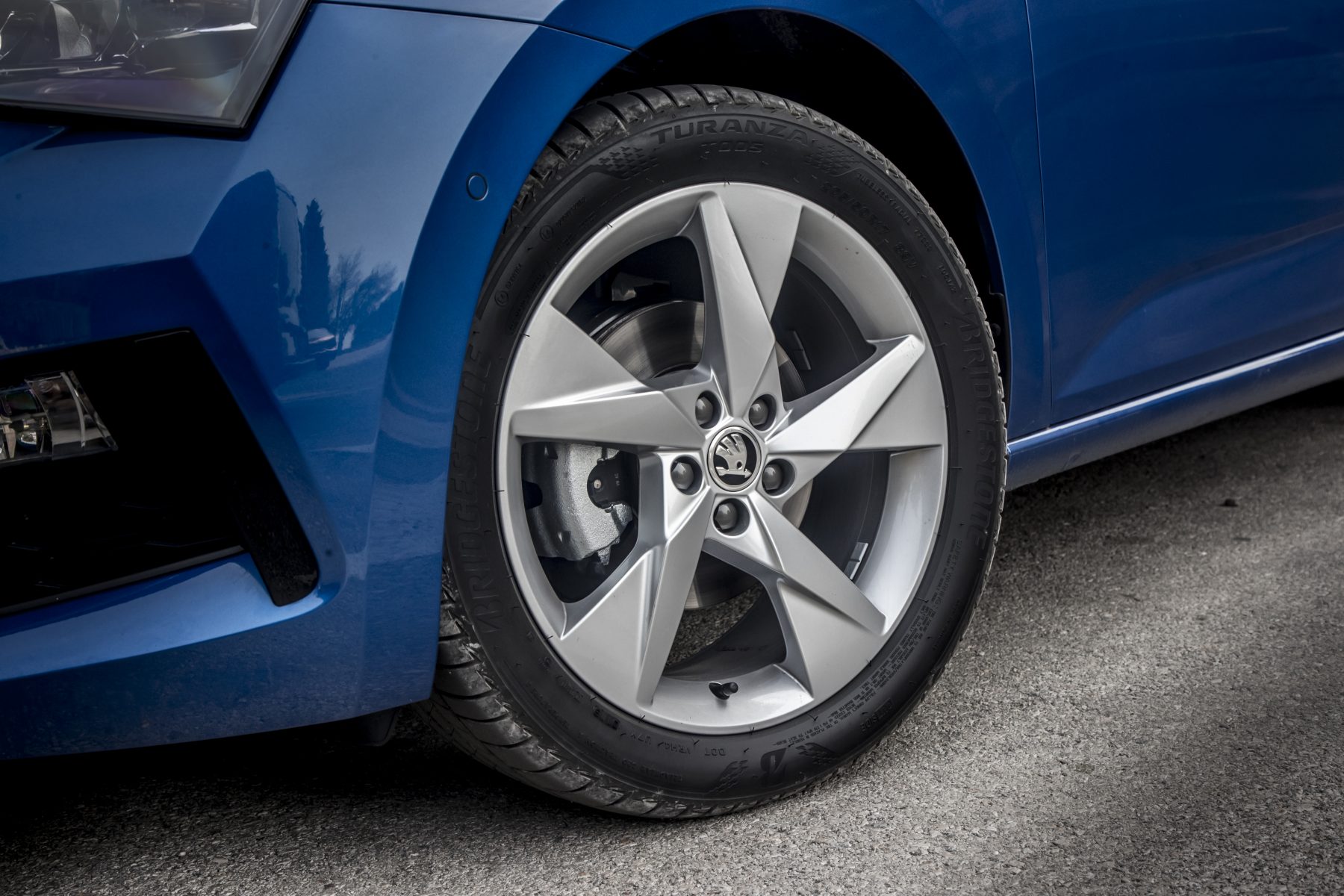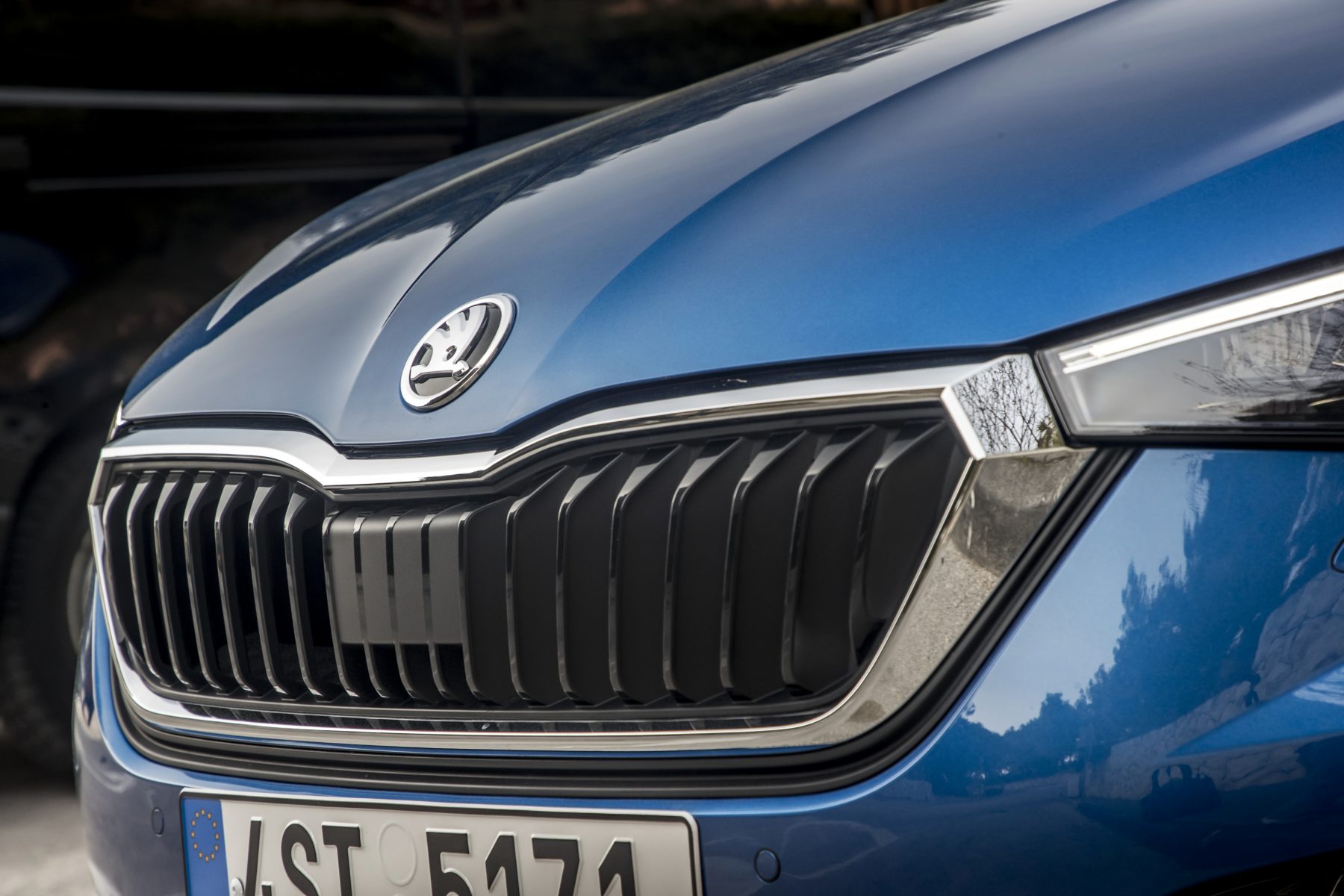Campervans are big business in the UK, especially with more people shunning the traditional overseas jaunt for a cheaper ‘Staycation’ in this country.
And it’s easy to understand the appeal of these palaces on wheels. After all, once you’ve paid your initial investment, holidays become staggeringly cheap. Even staying on the most luxurious of campsites costs pennies compared with a night in a hotel room, while those equipped with onboard water tanks, bathroom facilities and leisure batteries can even handle a few nights of ‘wild’ camping or rallying – perfect for those who like being ‘off-the-grid’.
The UK is awash with independent firms who specialise in converting vans into campers. They range from the cheap and cheerful to the seriously luxurious. Some mainstream manufacturers have got in on the game, too – just look at Volkswagen’s California. However, it’s also possible to home-build your camper if you’ve got the time. Guides online are plentiful and easy to follow, and it can prove far cheaper than going for a third-party conversion. Plus, you’re able to specify the van to your liking.
But before you start a conversion, you need a van – and these are our top five.
Fiat Ducato

The Ducato is a great choice for a motorhome conversion, and an incredibly popular one – around two-thirds of motorhomes in Europe, whether coachbuilt or van conversion, are based on the Ducato. It’s easy to see why, too – these vans are just the right size for most, offering enough headroom for an adult to stand without having too large of a footprint. Best of all, if you’re ordering directly from the factory, Fiat offers a specific motorhome base, with specialised tyres, a wider rear track, lower chassis and space to install water tanks.
Volkswagen Transporter
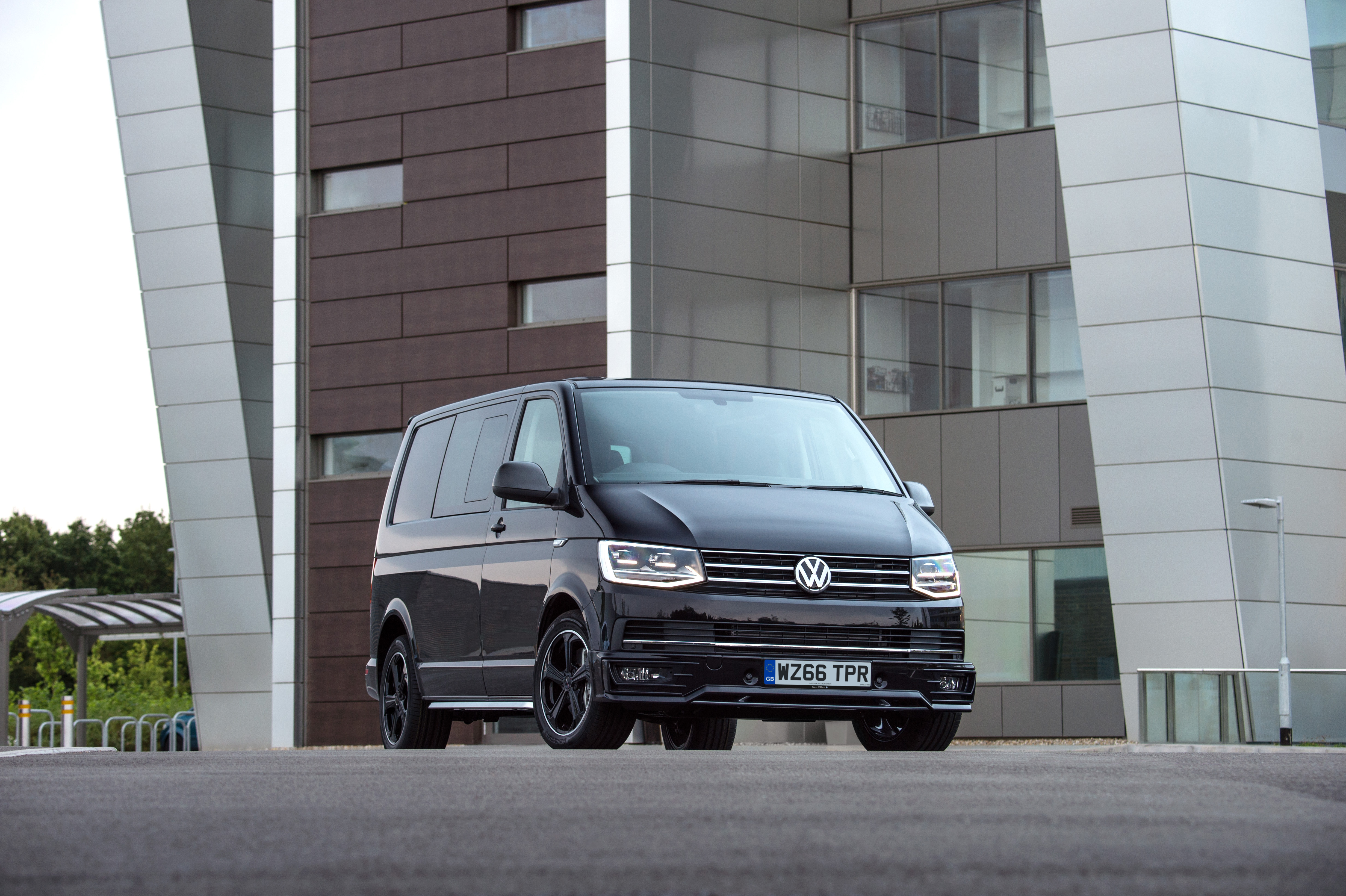
The VW Camper is an icon – there’s no other way to put it. Ever since the iconic rear-engined ‘splitties’ become an image of California surfer culture, these vans have been effortlessly cool, and though the modern T6 is a totally different beast it still has that vibe nailed. Volkswagen knows this, and if you want a stylish camper it’s possible to buy your Transporter van in cool two-tone colour schemes or with retro alloy wheels. VW also offers a petrol engine – a rarity in this class.
Ford Transit Custom
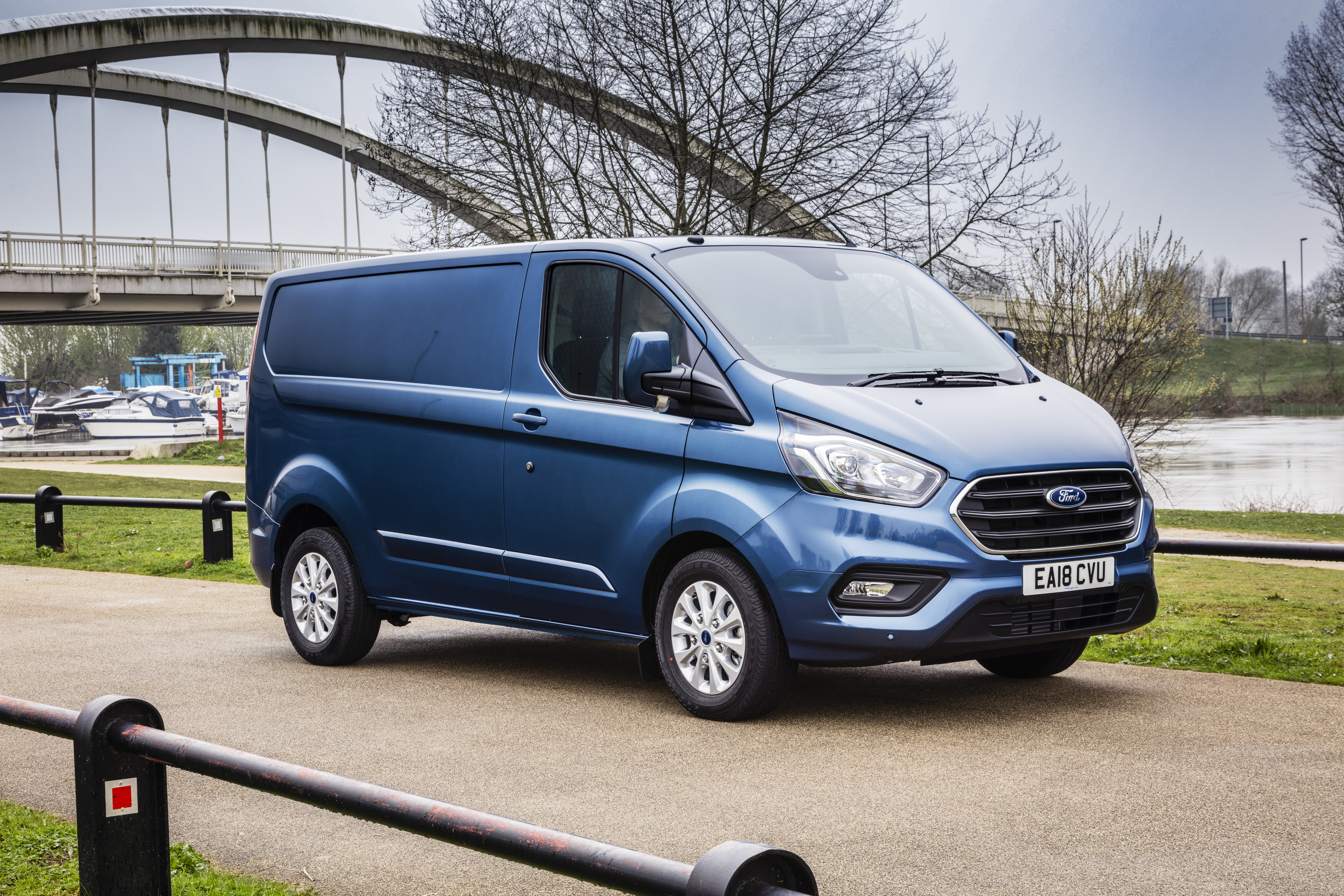
The Transporter might be the cool one, but the Ford Transit has plenty going for it in this class. For starters, it’s the best-driving panel van you’ll ever find – your kitchen sink will never have enjoyed such brilliant grip and handling. A range of efficient diesel engines provide your motive power, and few vans have such a car-like driving environment – there’s even a premium stereo and smartphone connectivity.
Renault Trafic
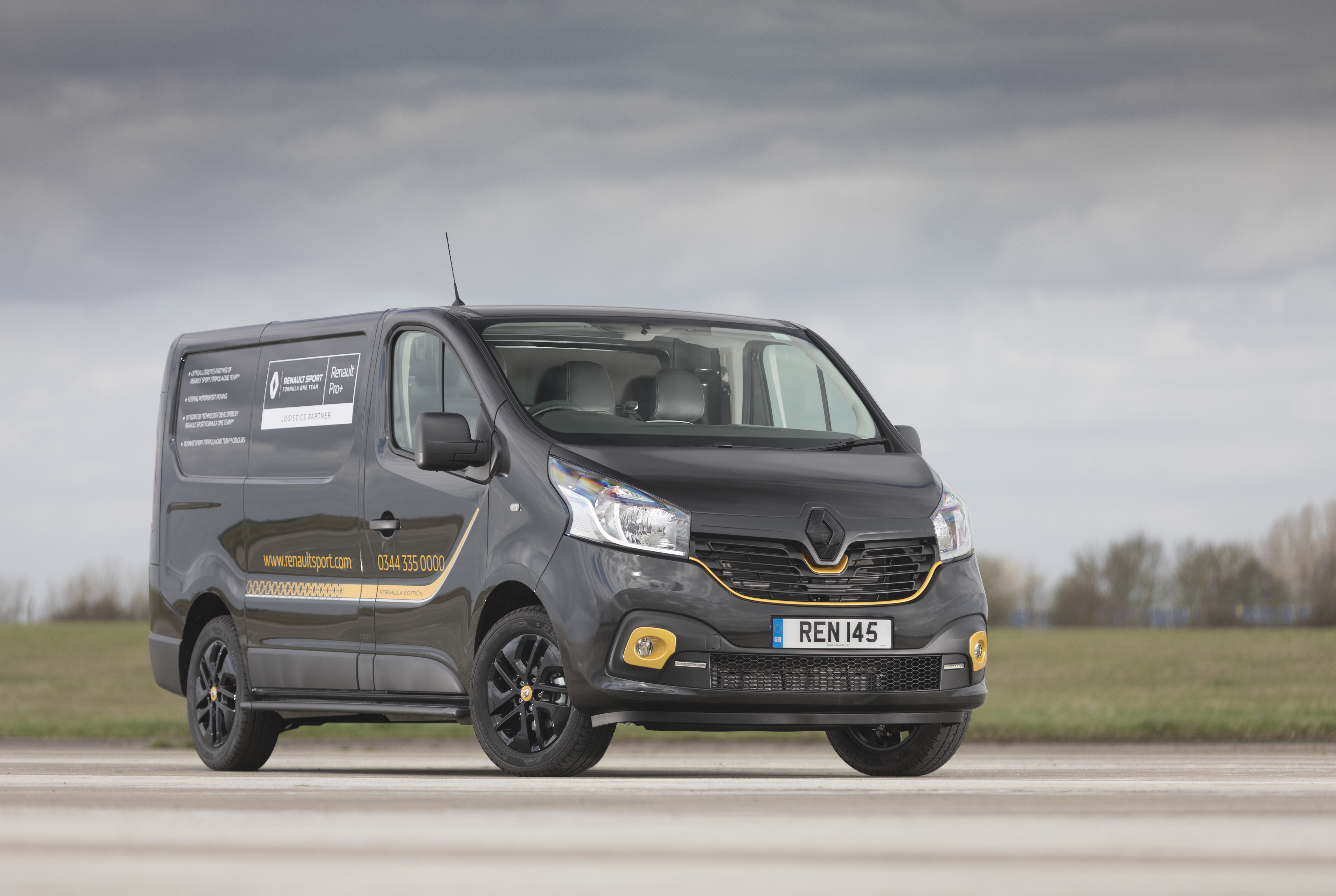
When Renault updated the Trafic, it cannily made sure that the dimensions of the interior were identical to the old model. This means that if you’re kitting out a brand-new Trafic – or its sister vans, the Fiat Talento, Nissan NV300 or Vauxhall Vivaro – you’ll be able to draw on 18 years of camper fittings, diagrams and designs with which to fit your van out. Renault’s range of 1.6-litre diesel engines are also great – superbly efficient, very smooth and decently powerful.
Mercedes Sprinter
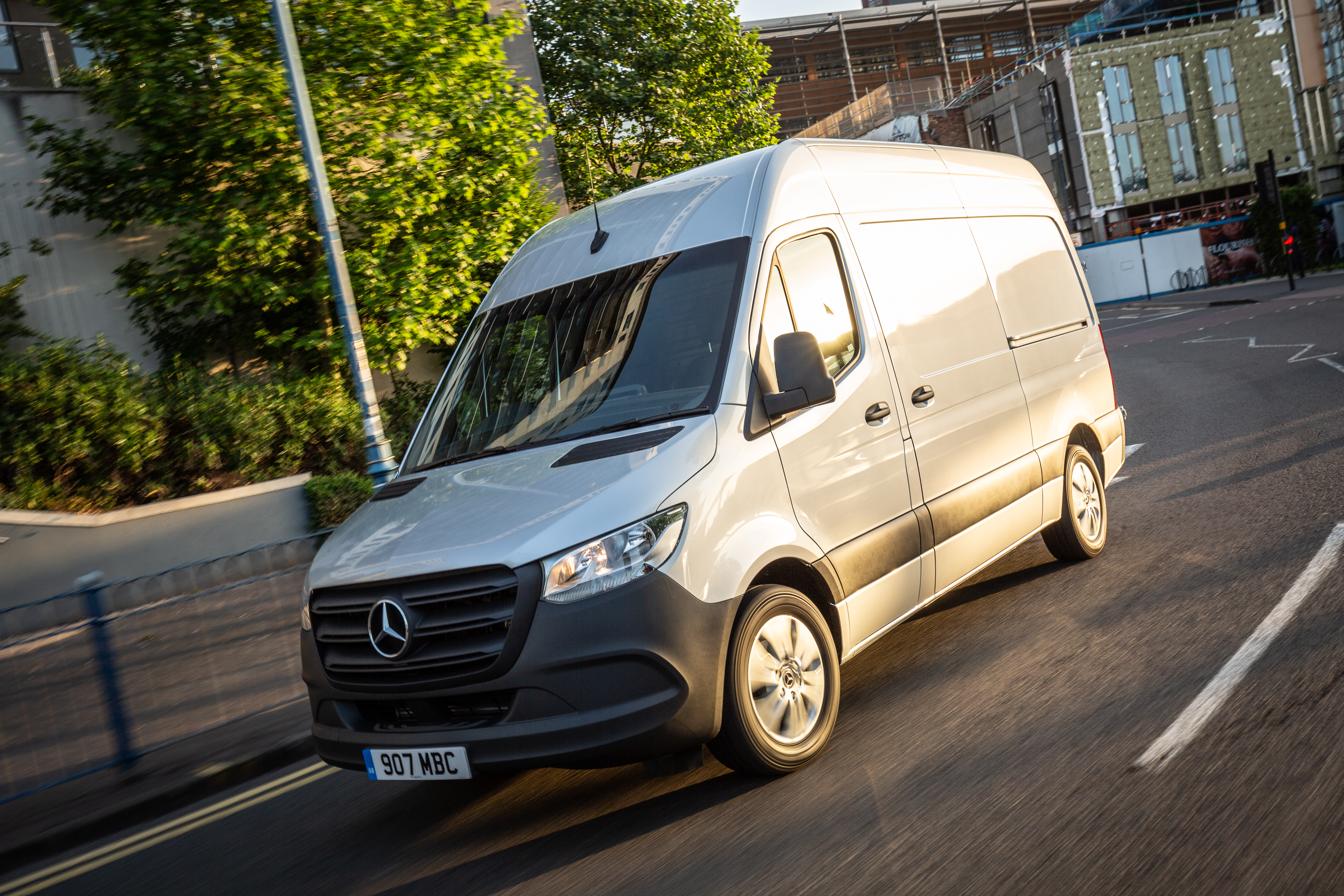
Want big, premium, and full of tech? You’ll need to look at the new Mercedes Sprinter. One of the safest vans on offer thanks to high-tech safety gear, this big brute comes in a wide variety of wheelbase and roof height variations so you can easily get the camper size you desire. It also has the most premium cabin on the market, with controls and displays lifted directly from Mercedes’ passenger car range. And, best of all for some people, there’s a three-pointed star on the bonnet. What could be better?

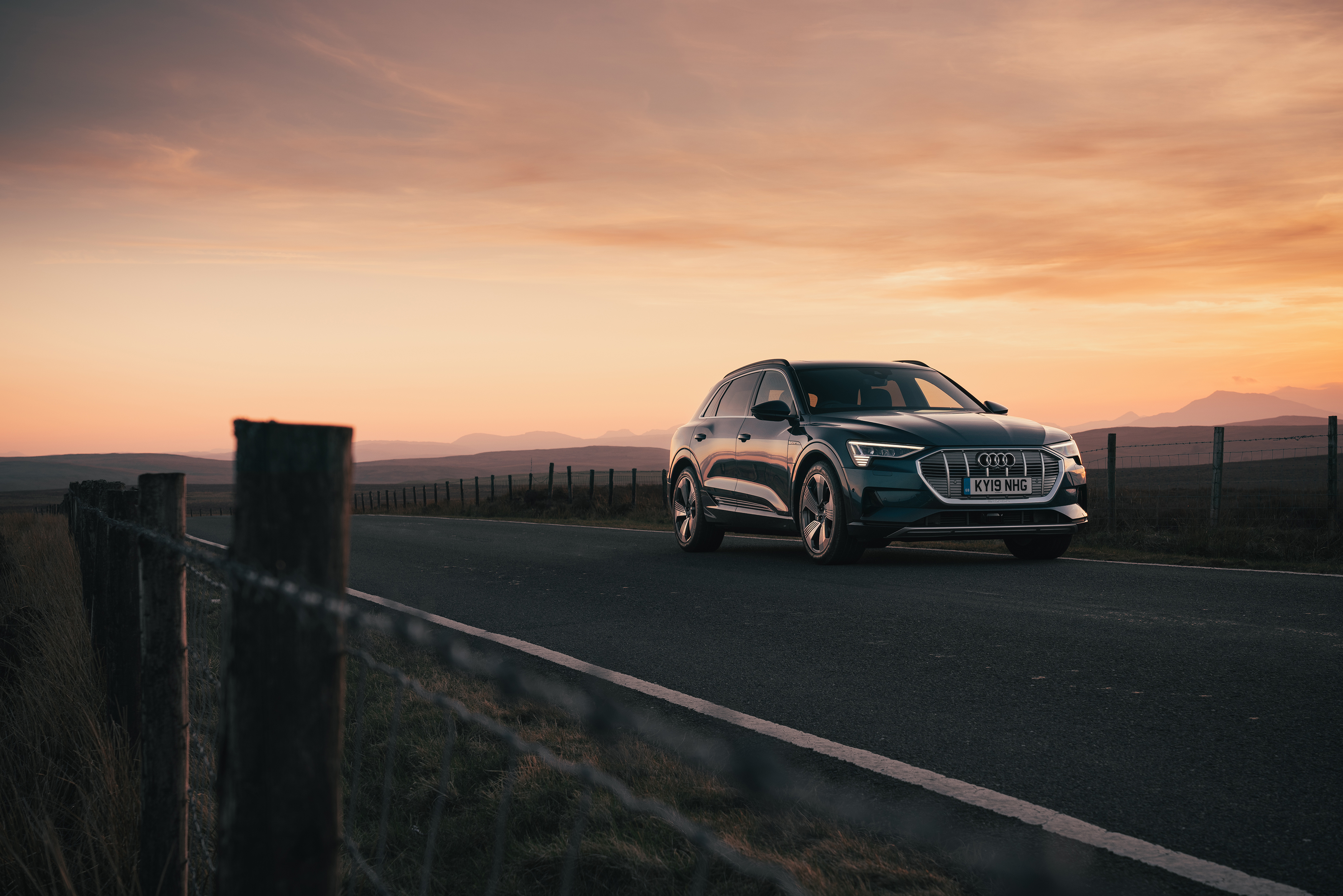
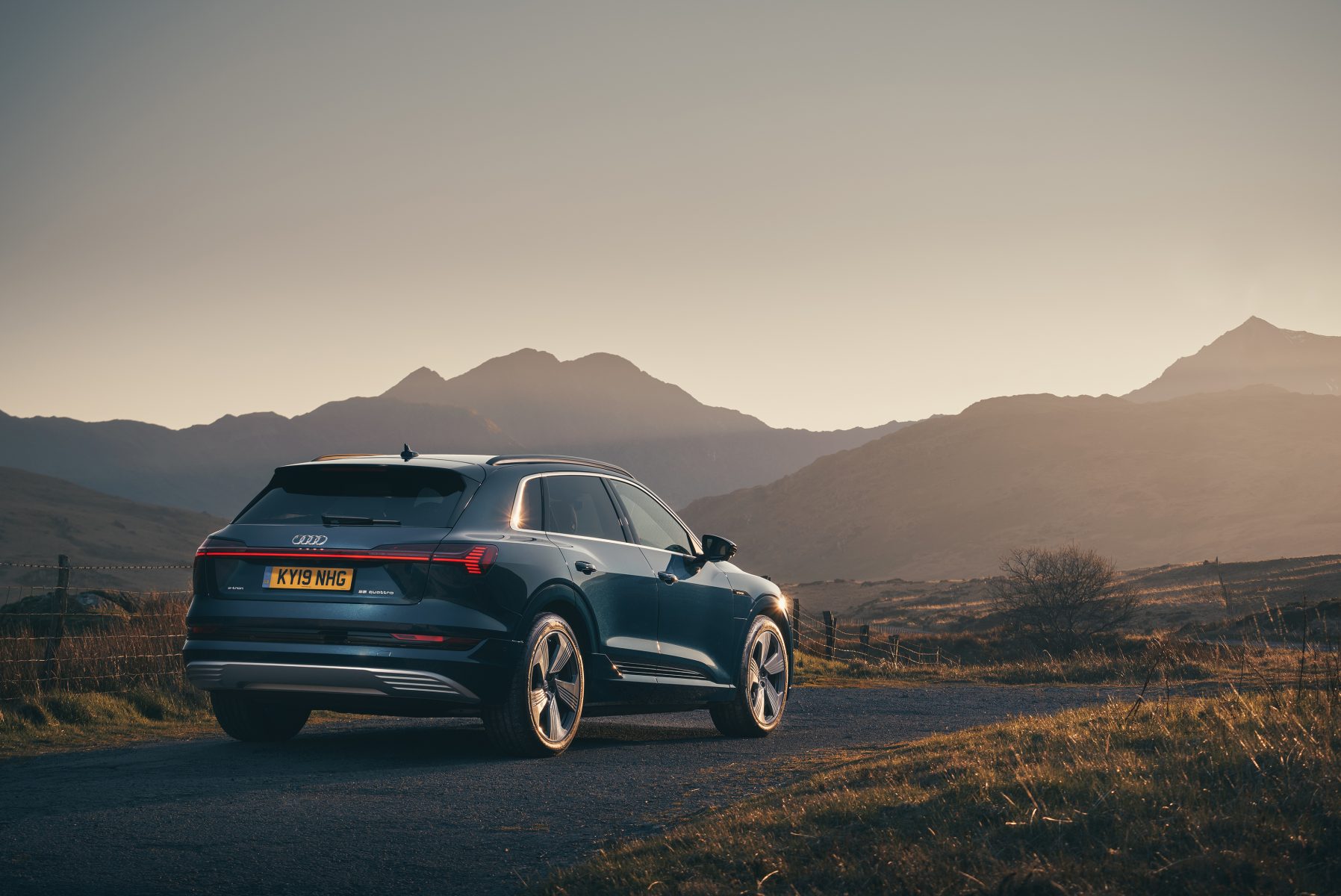

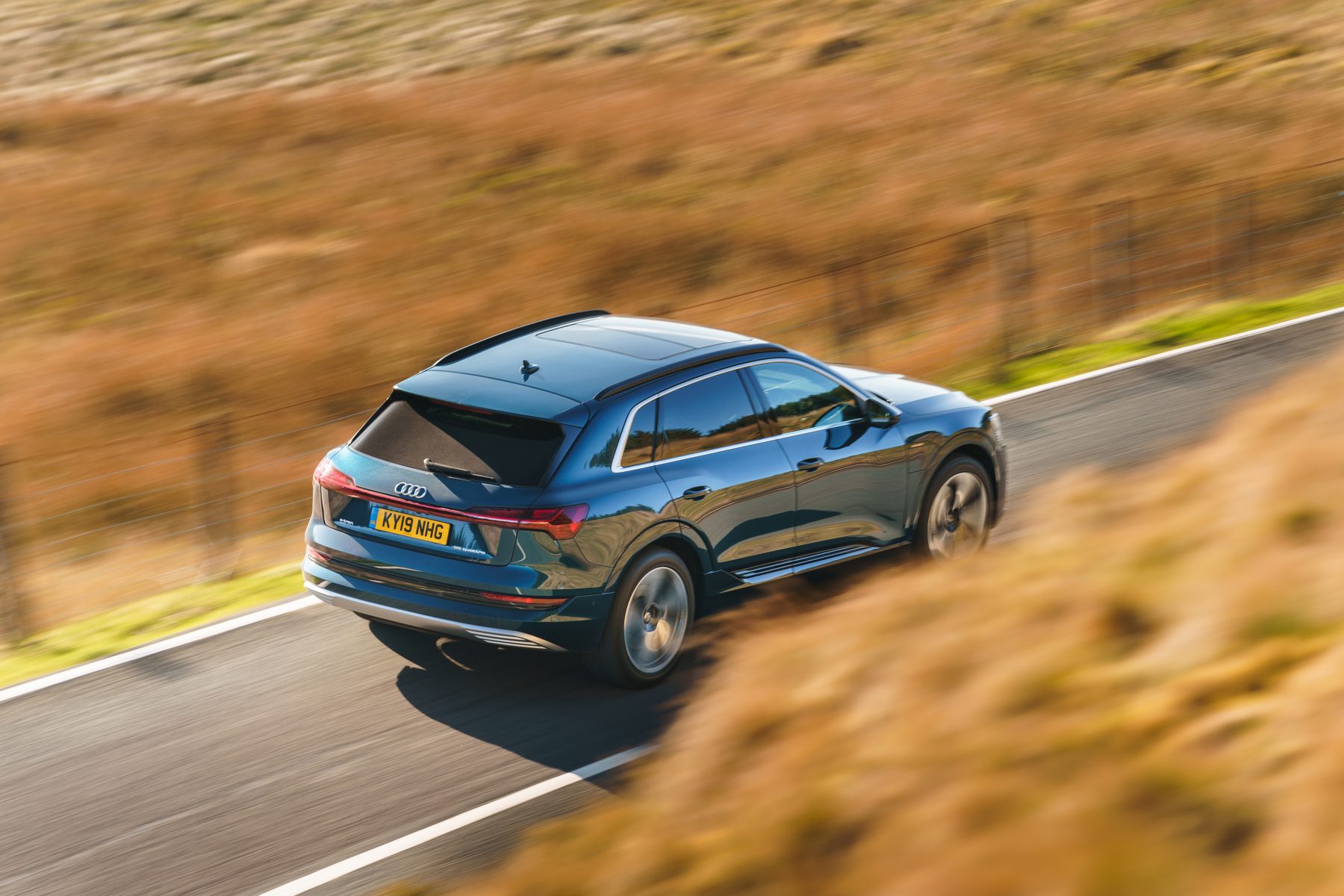
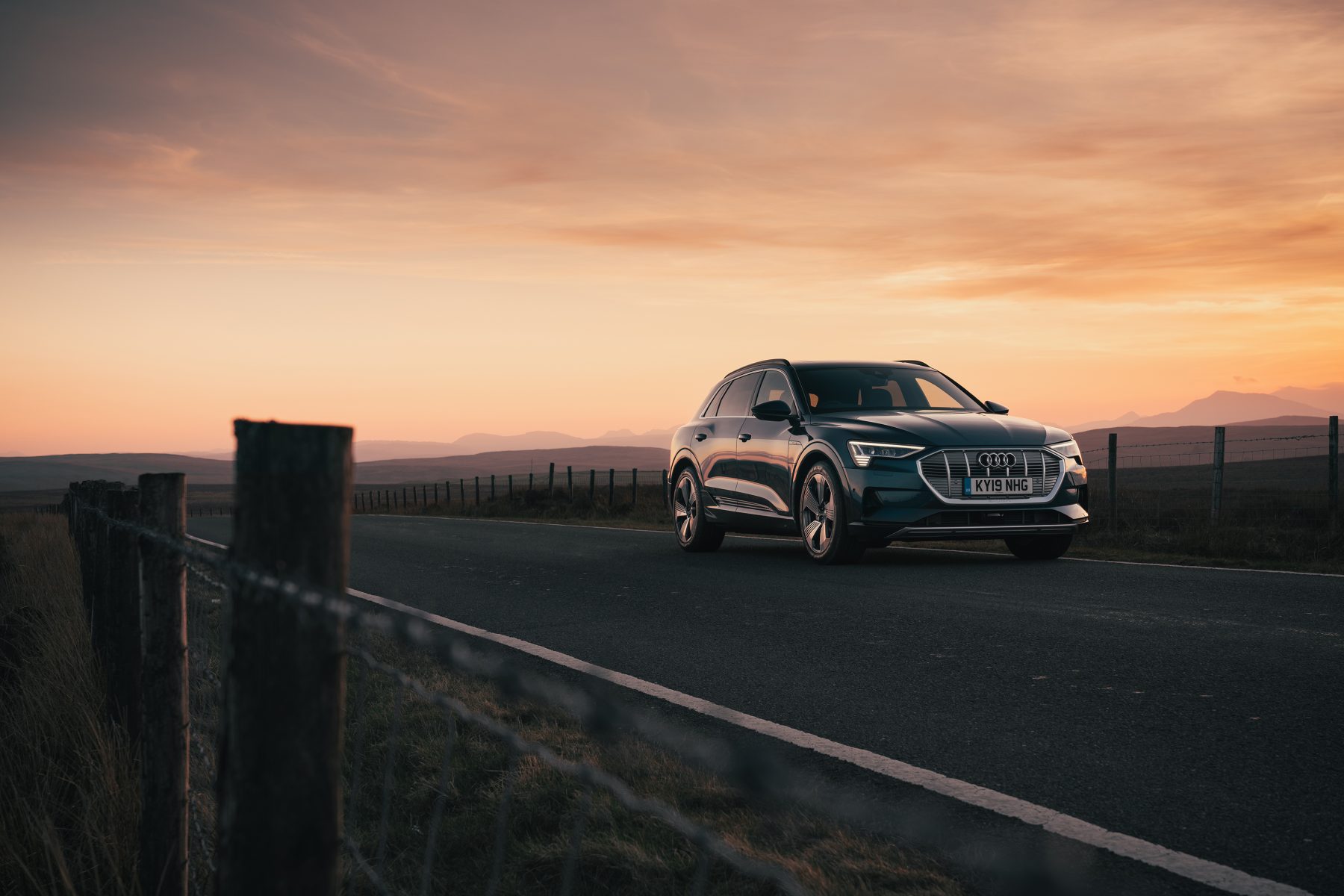

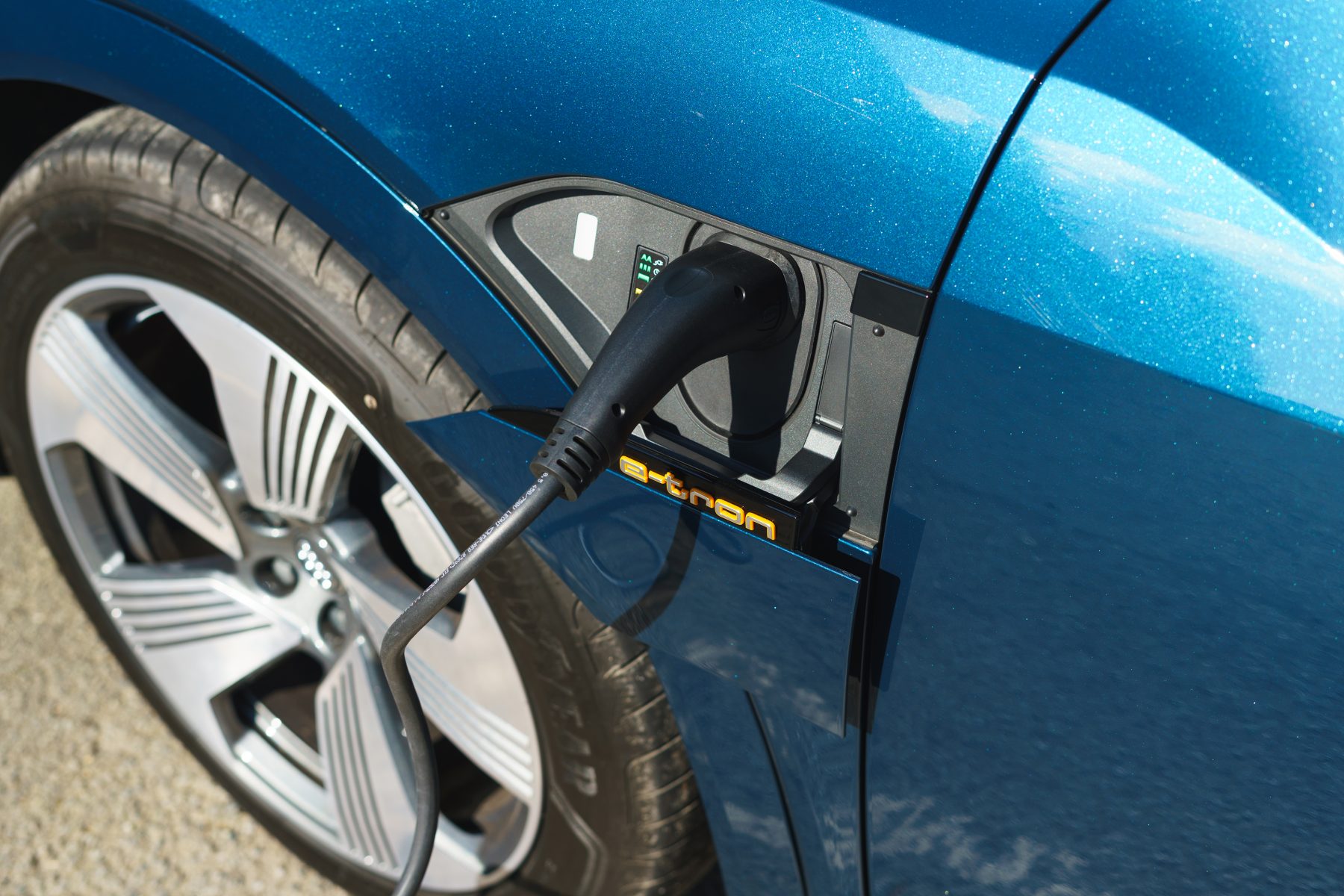
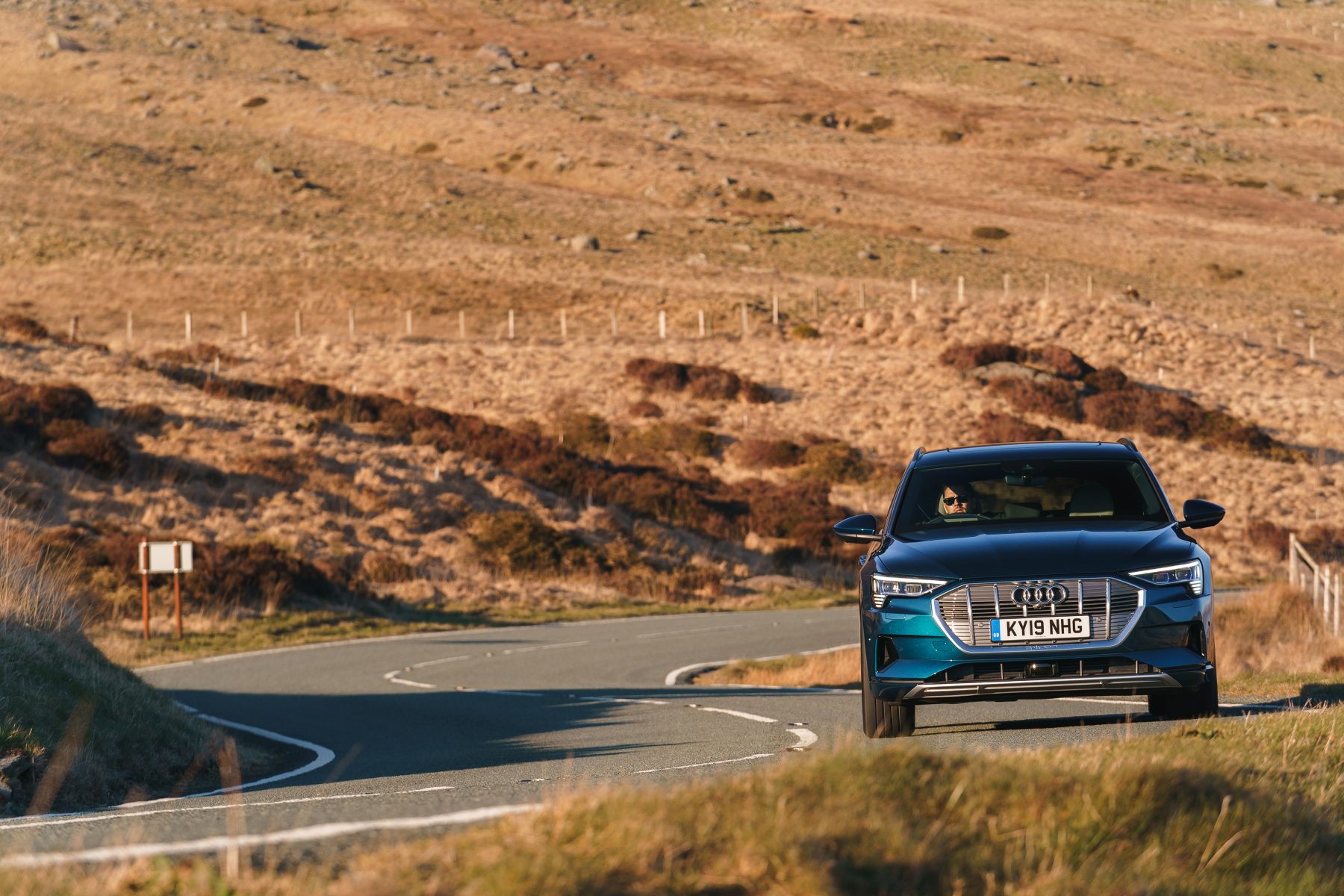
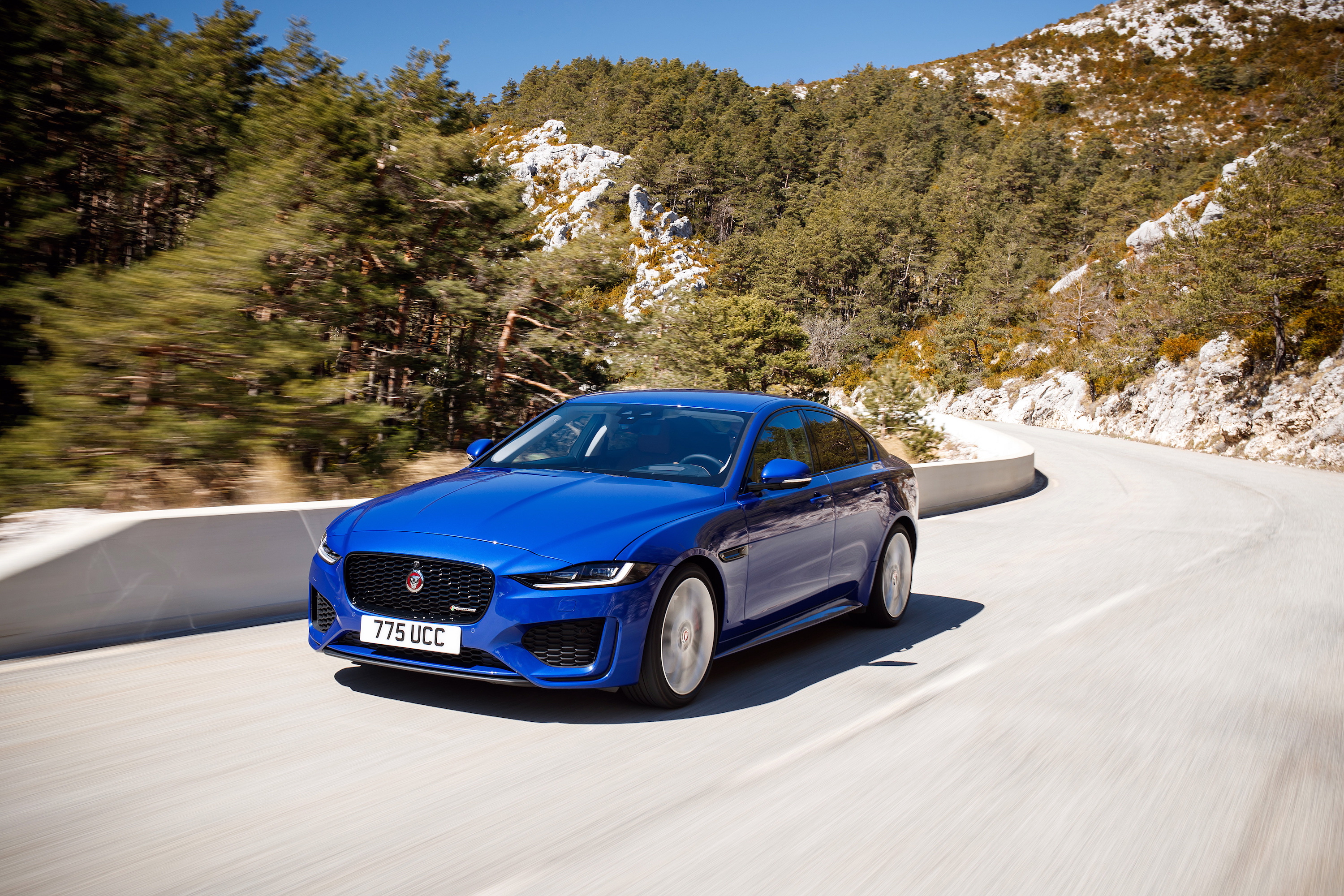
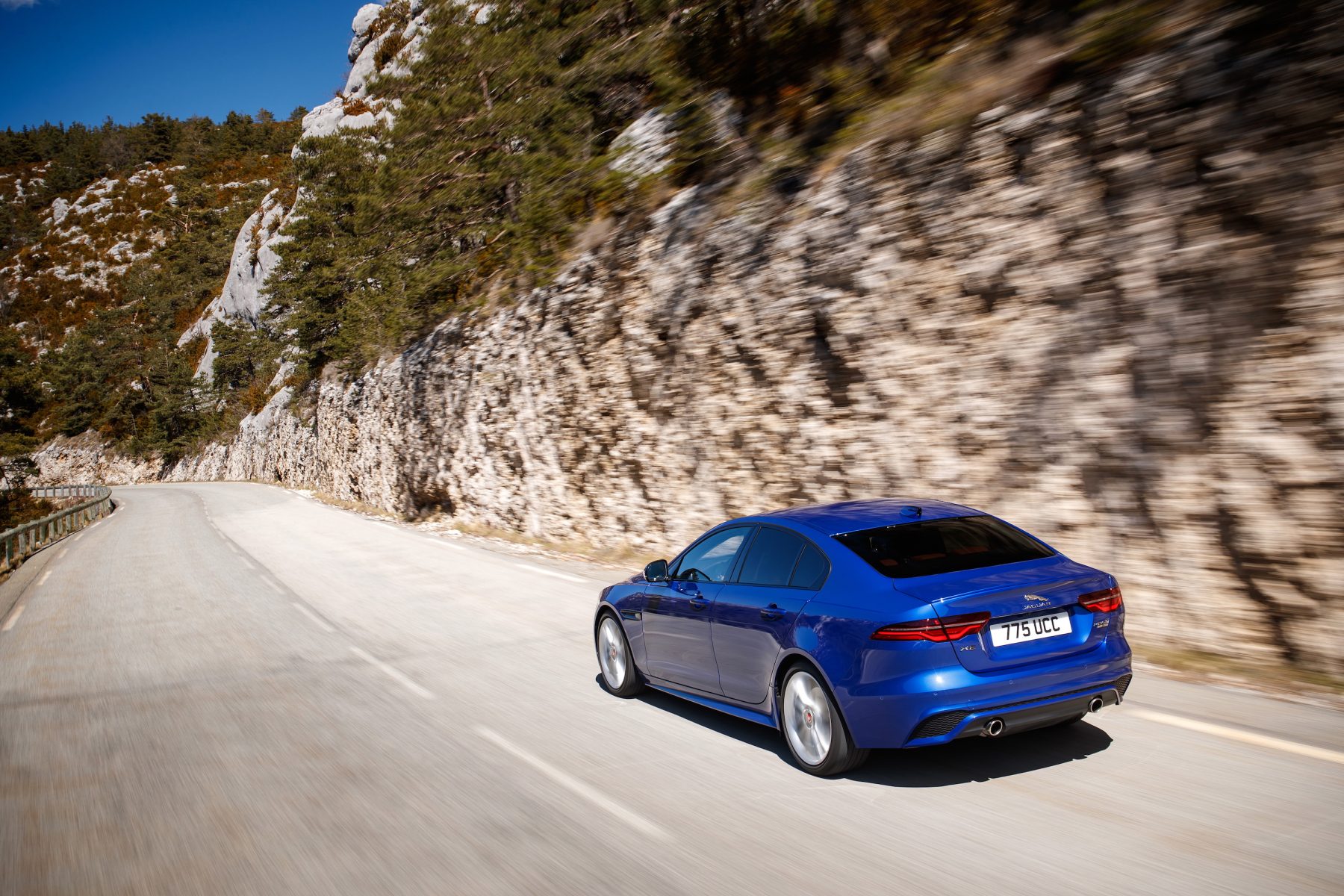
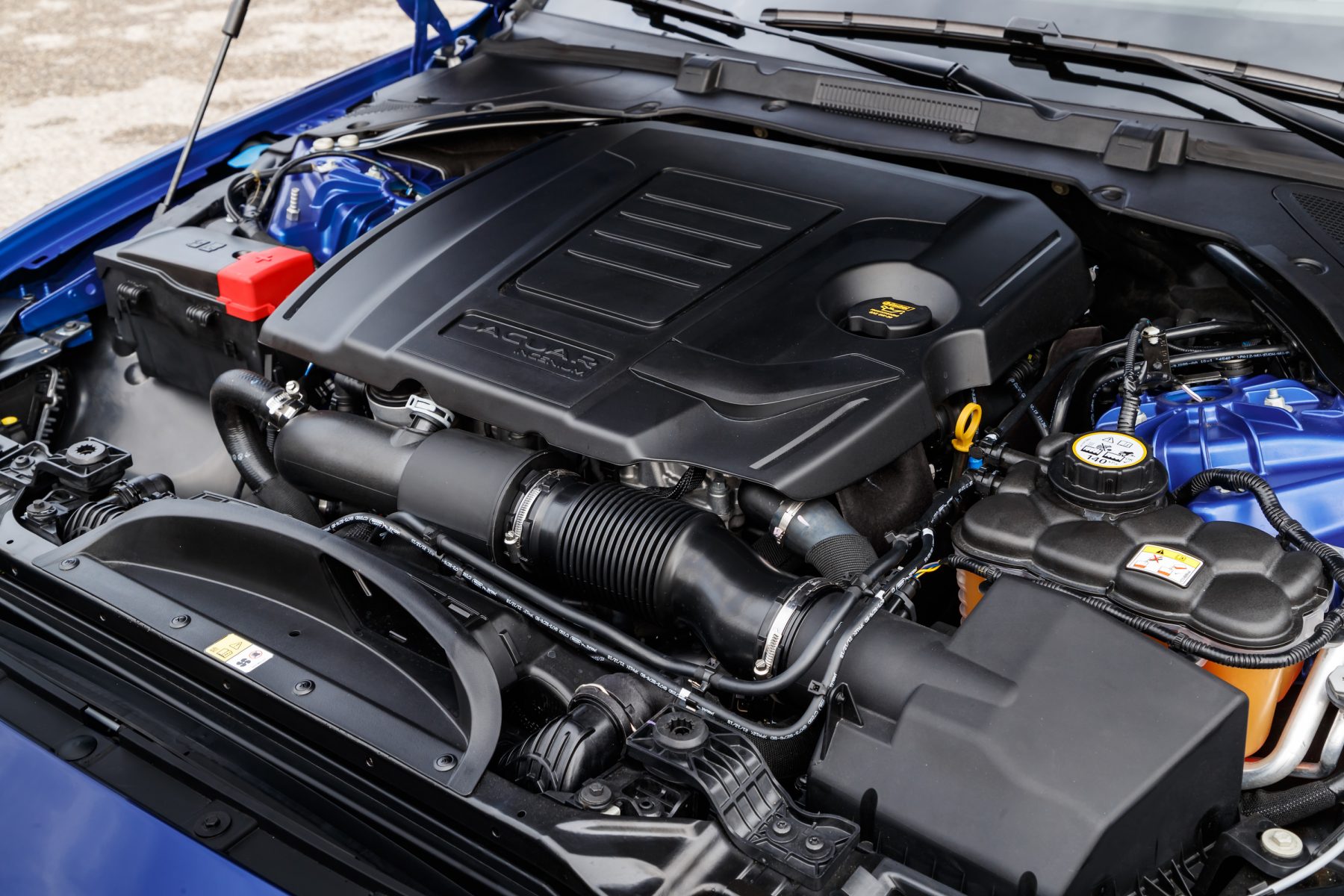
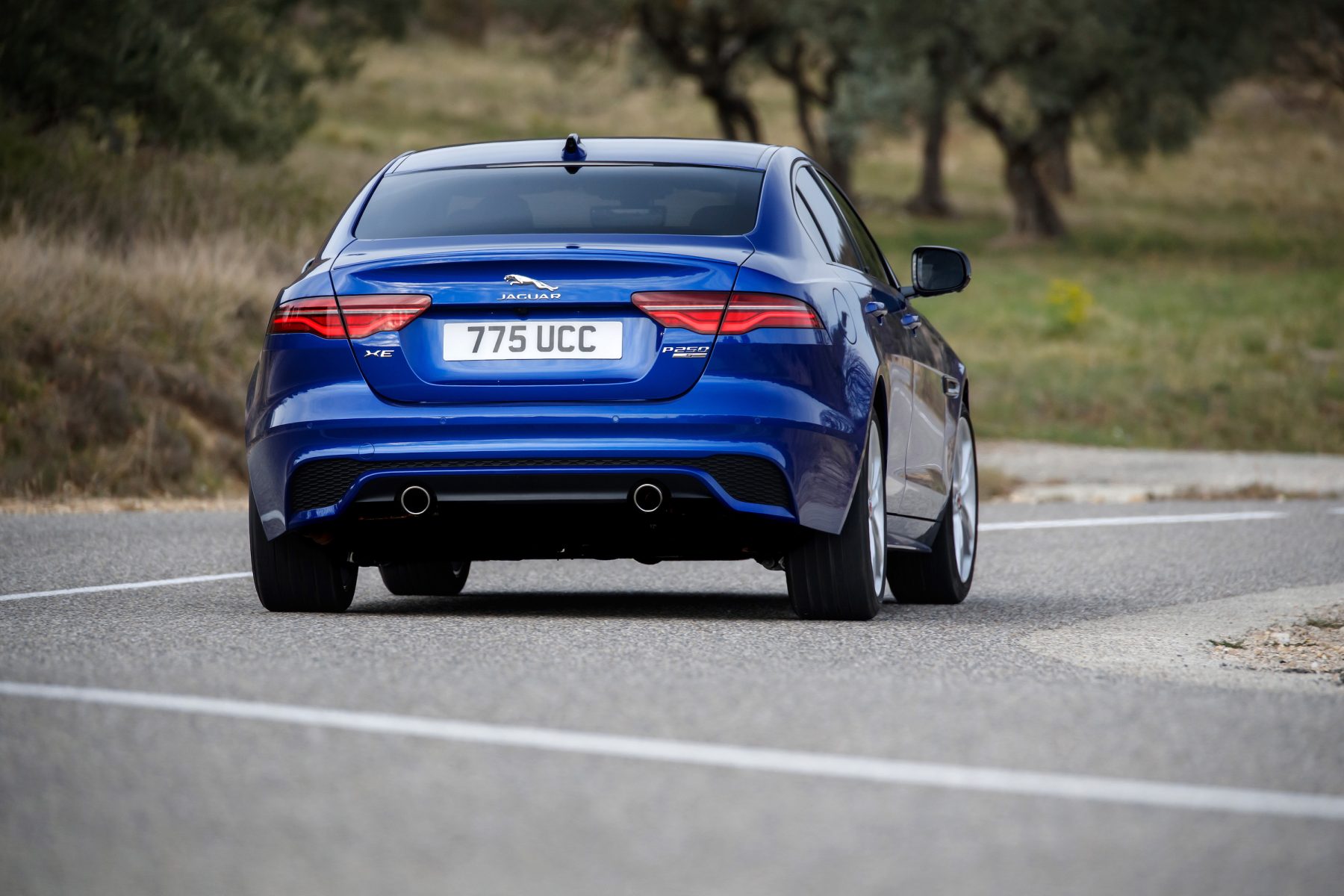
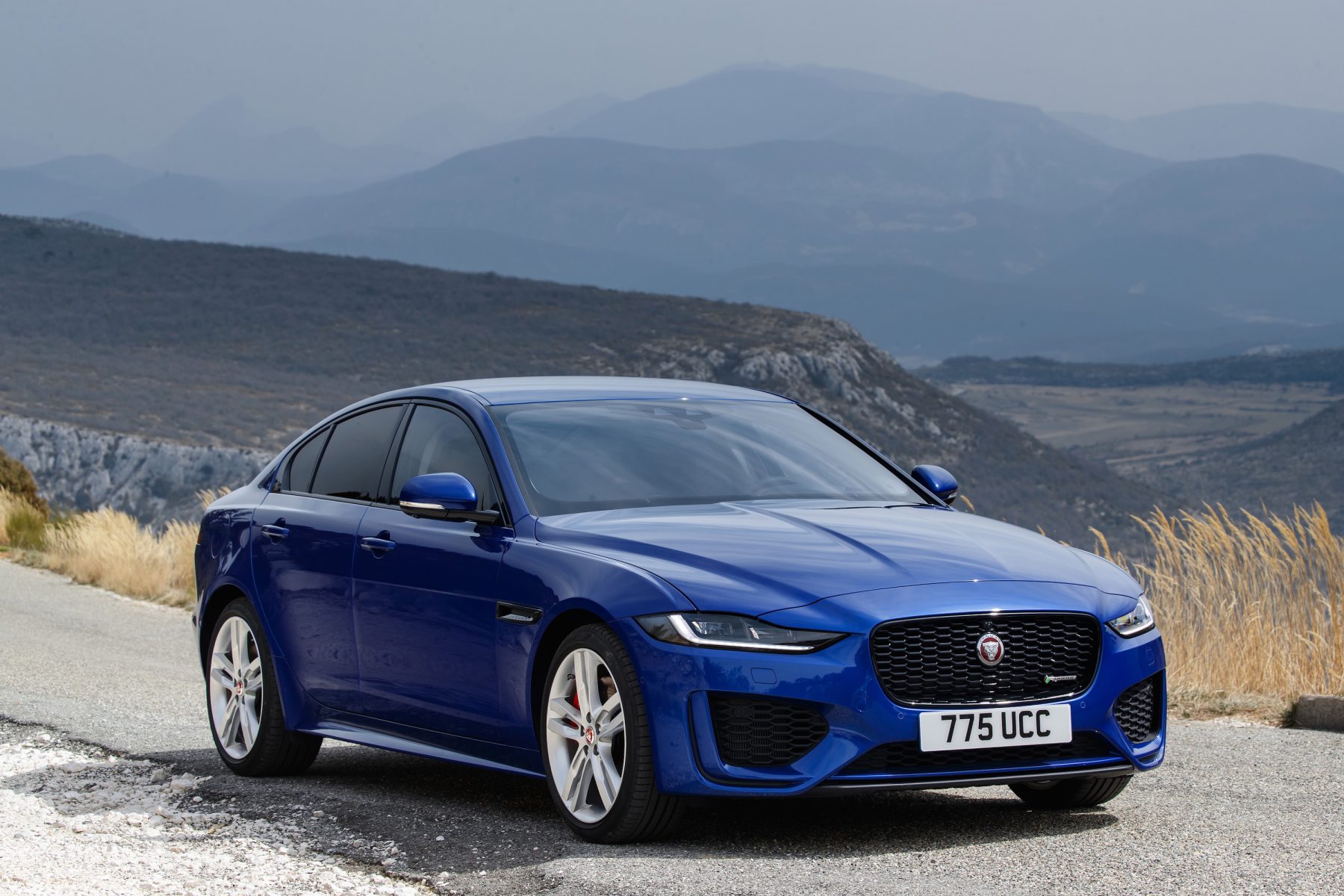
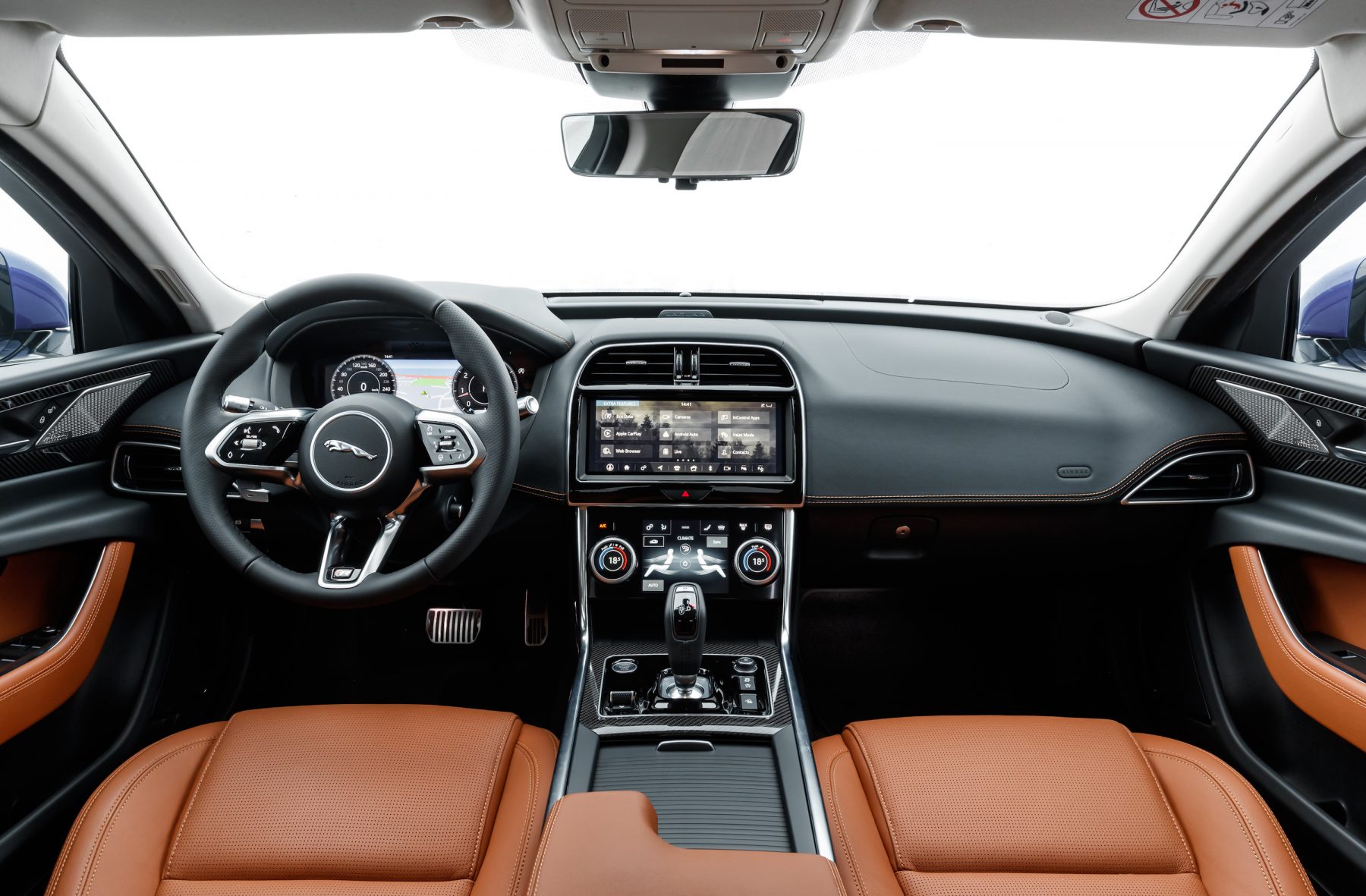

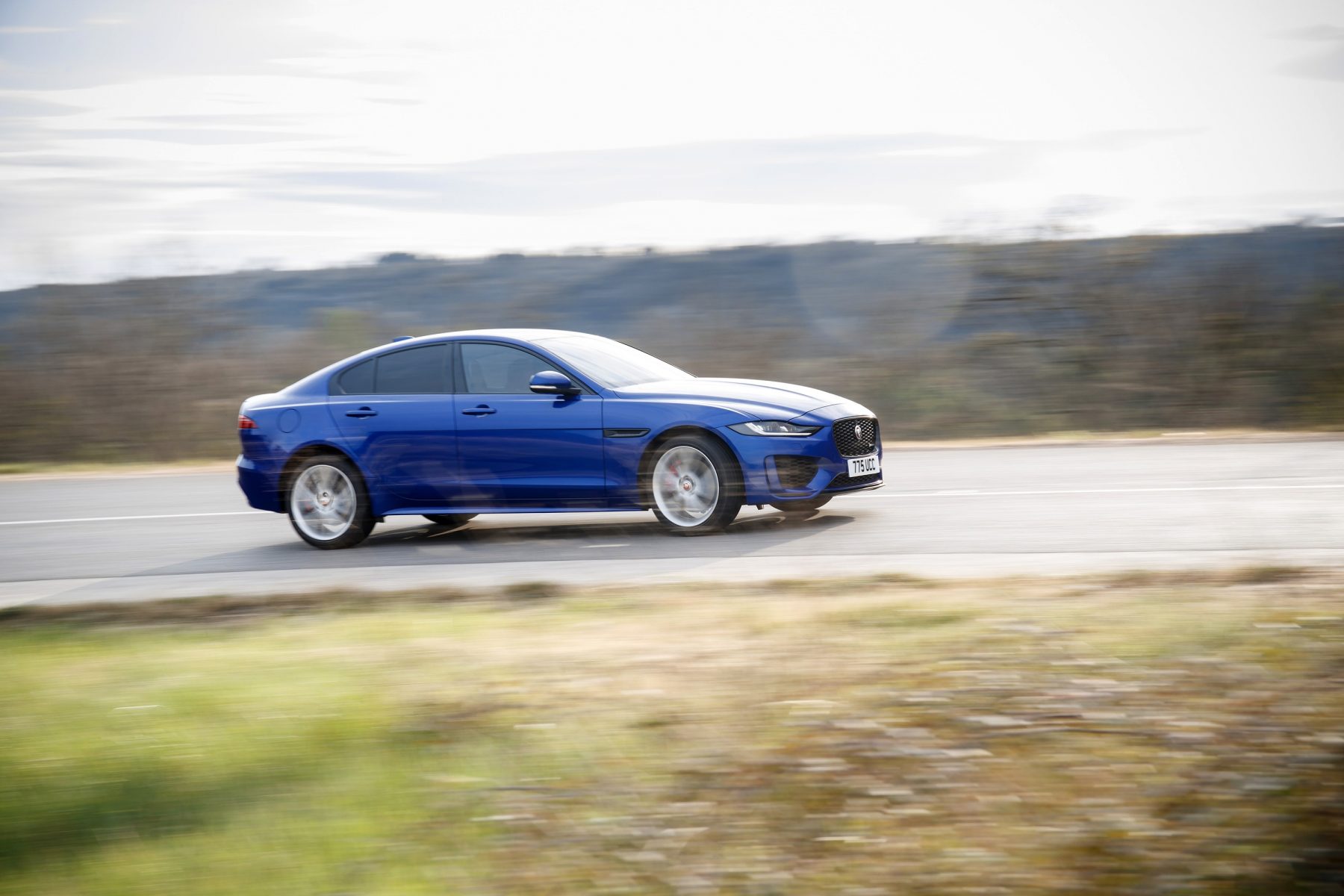
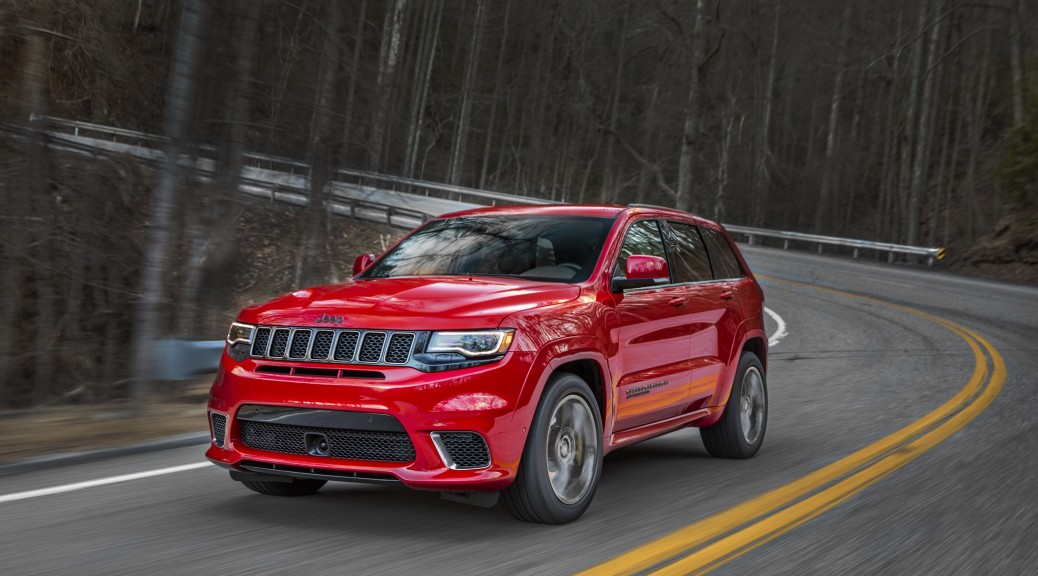

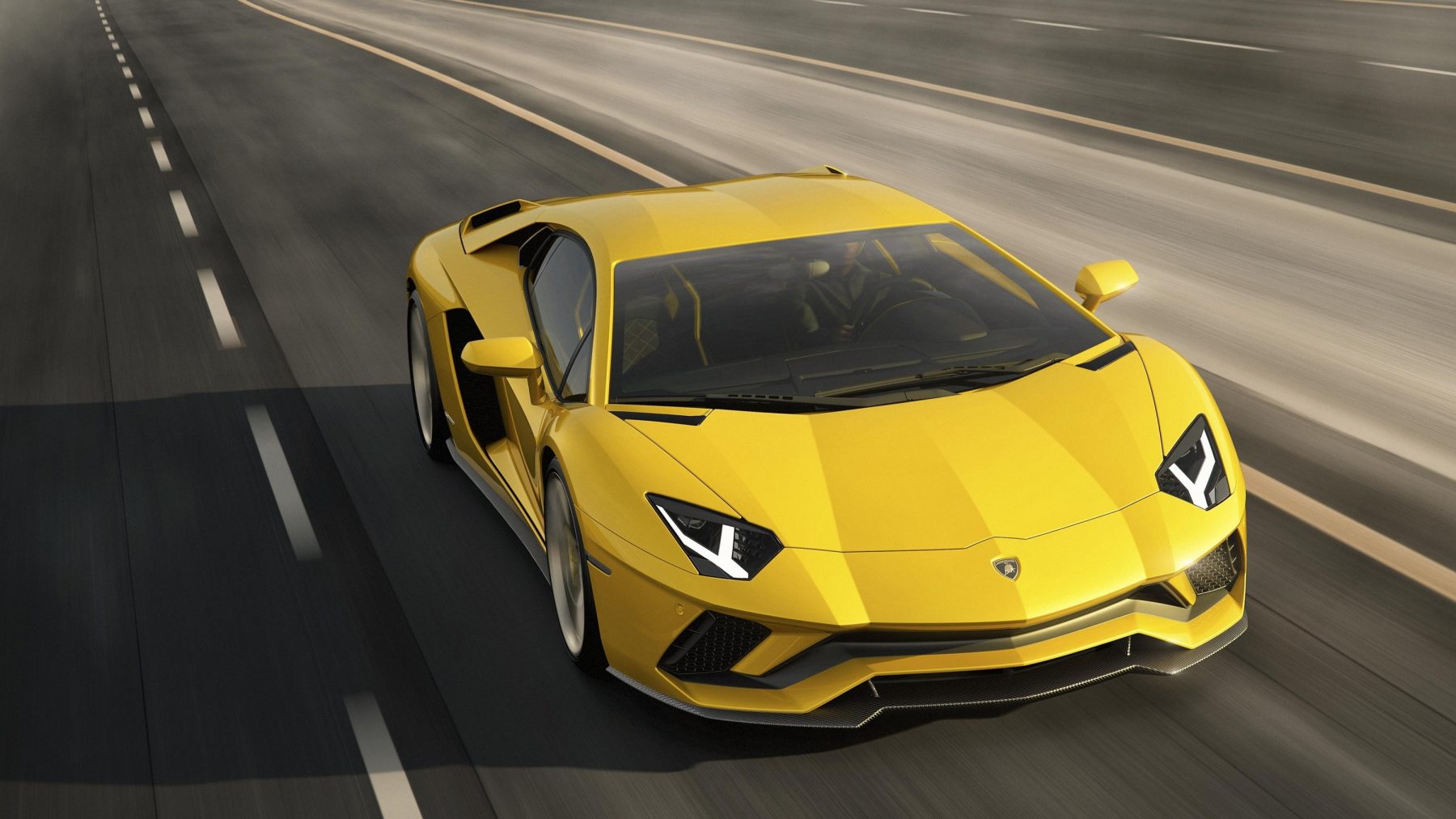
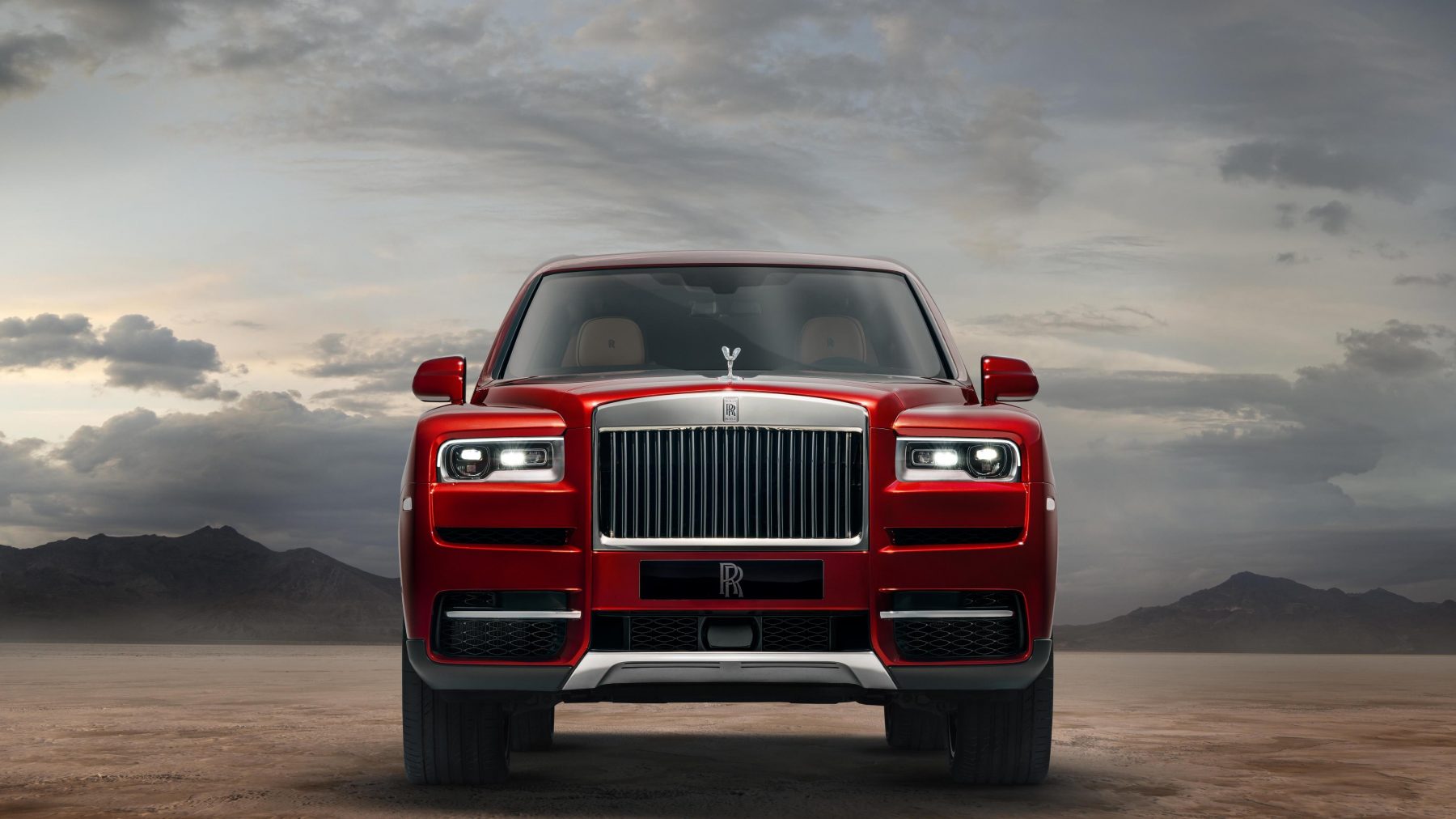
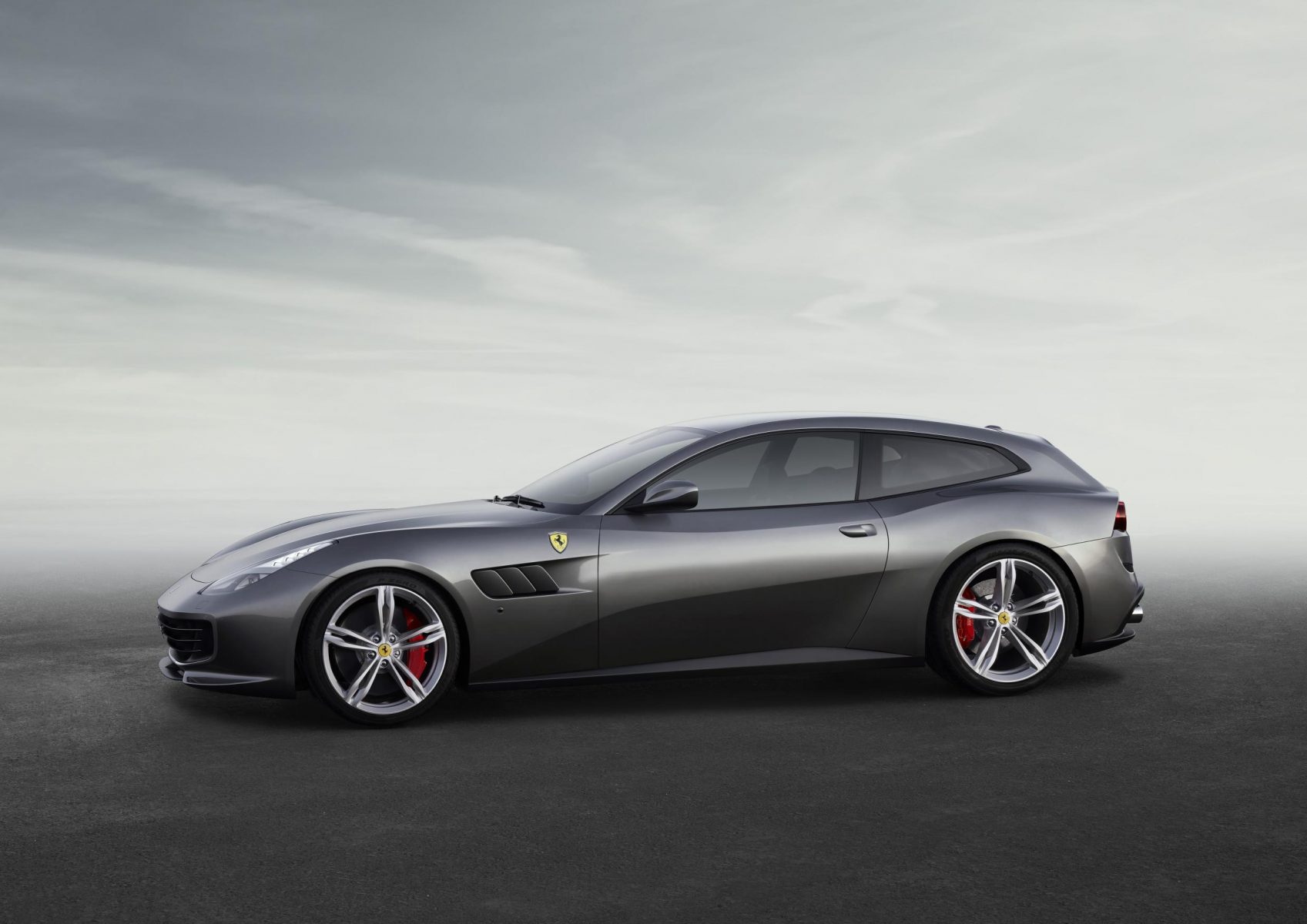
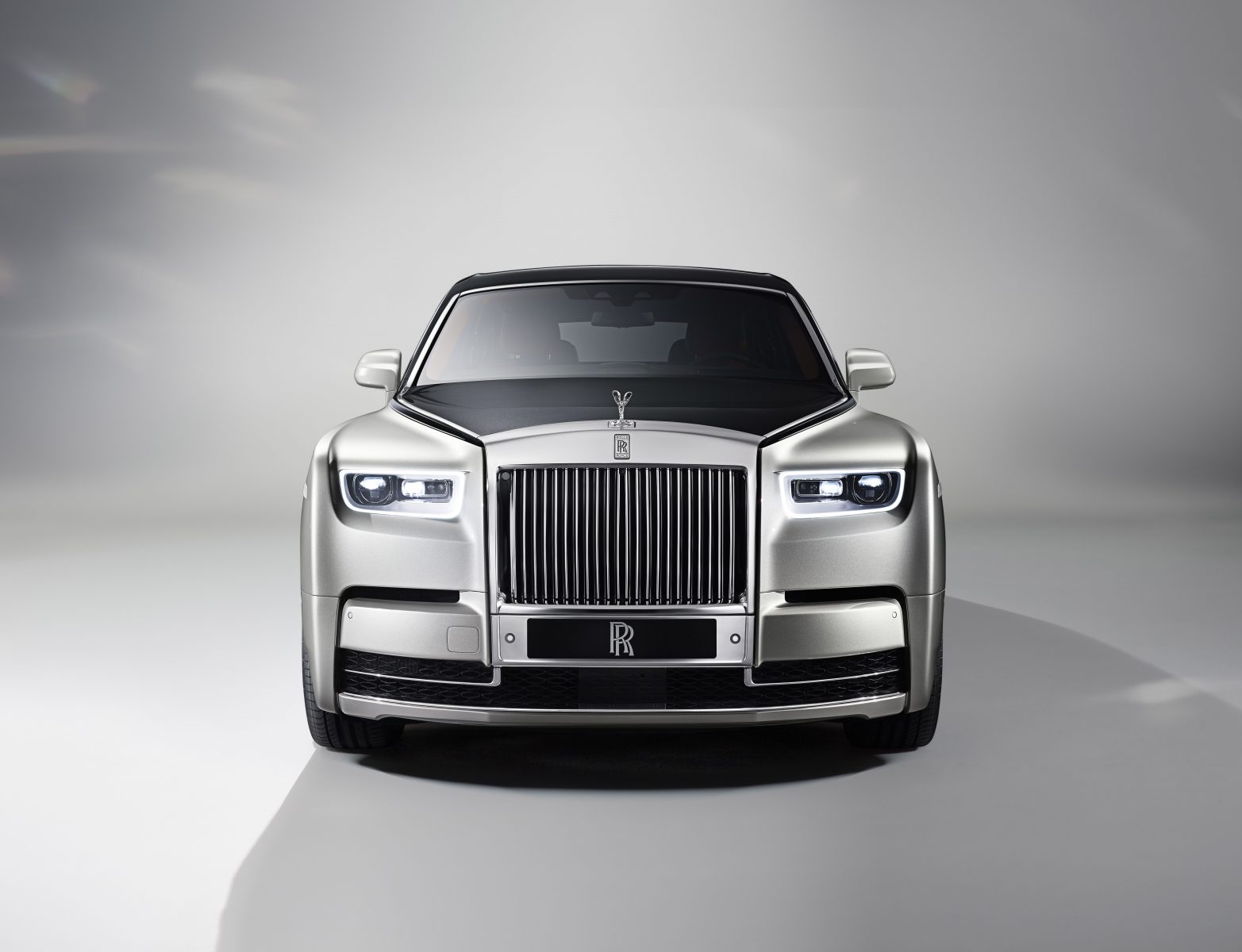

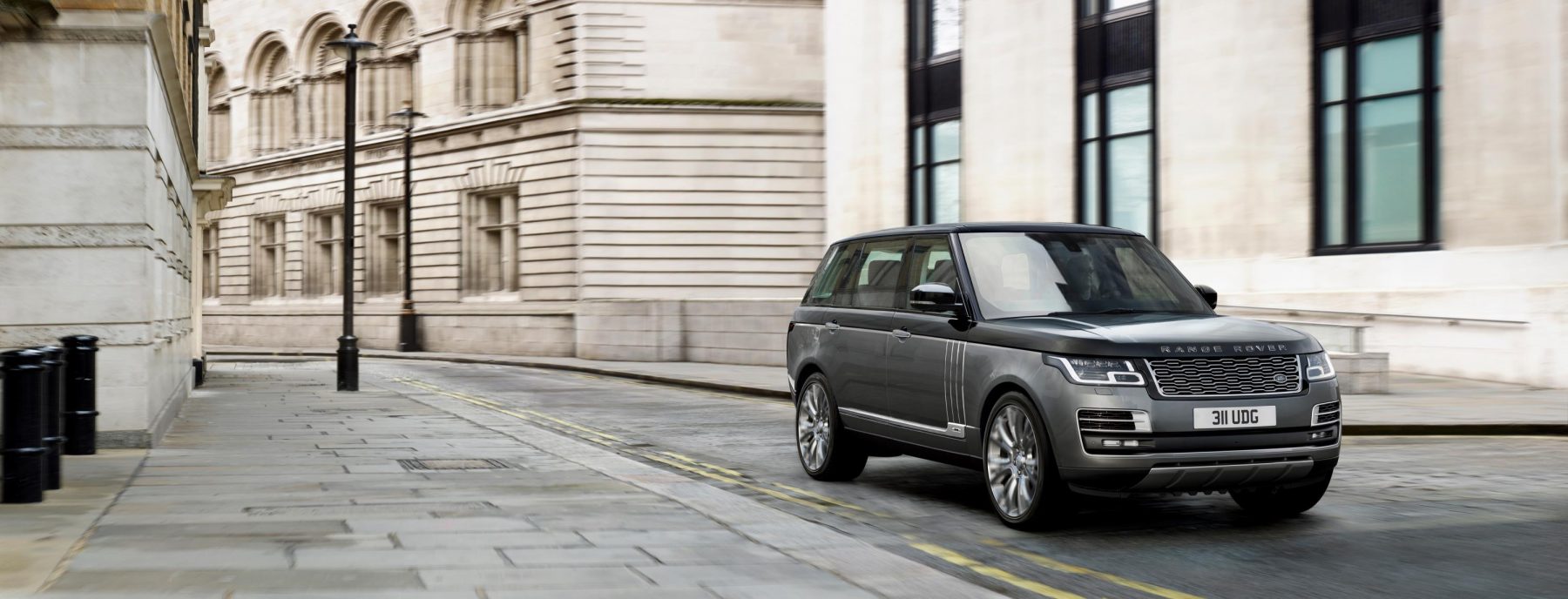
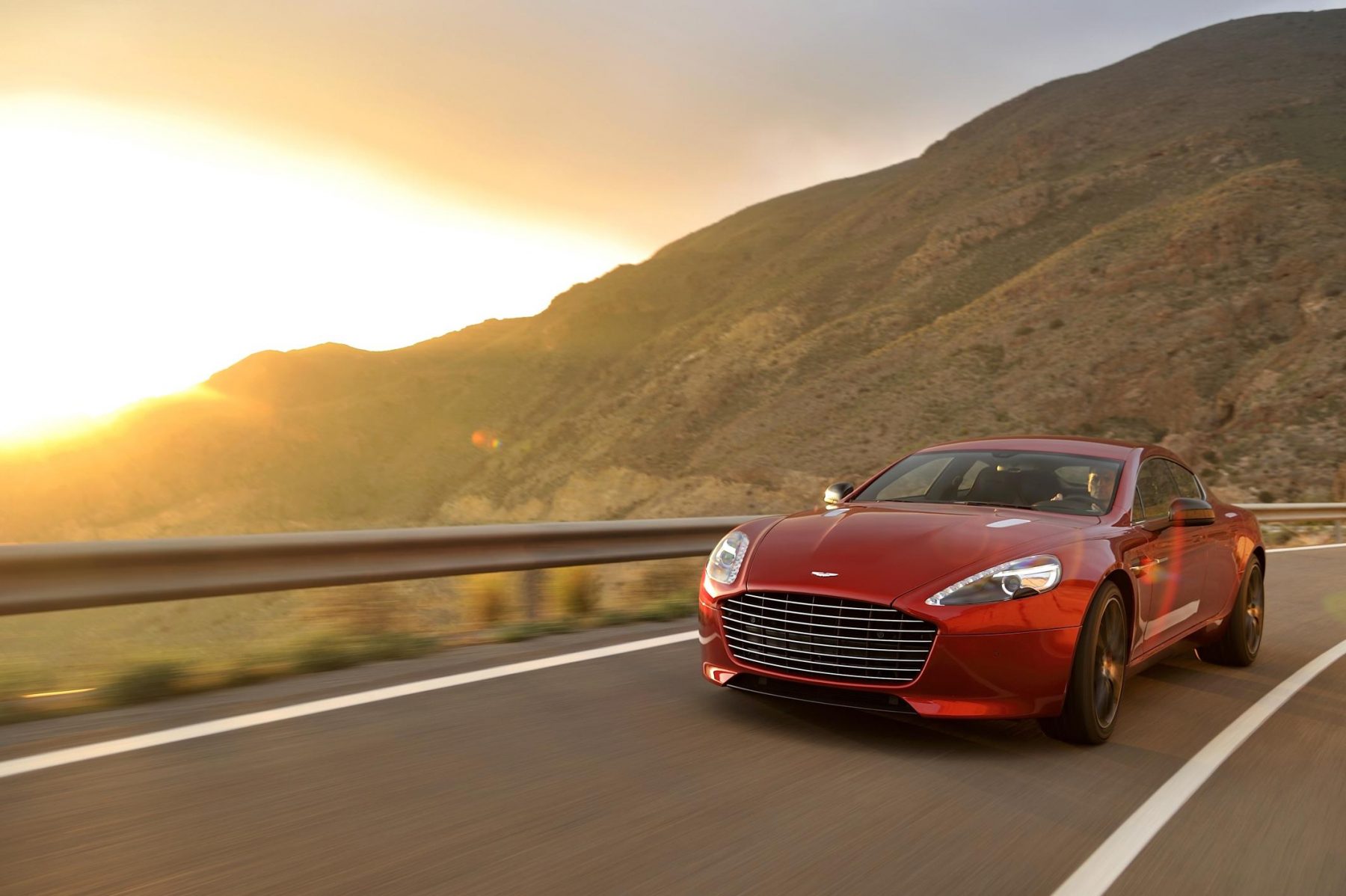
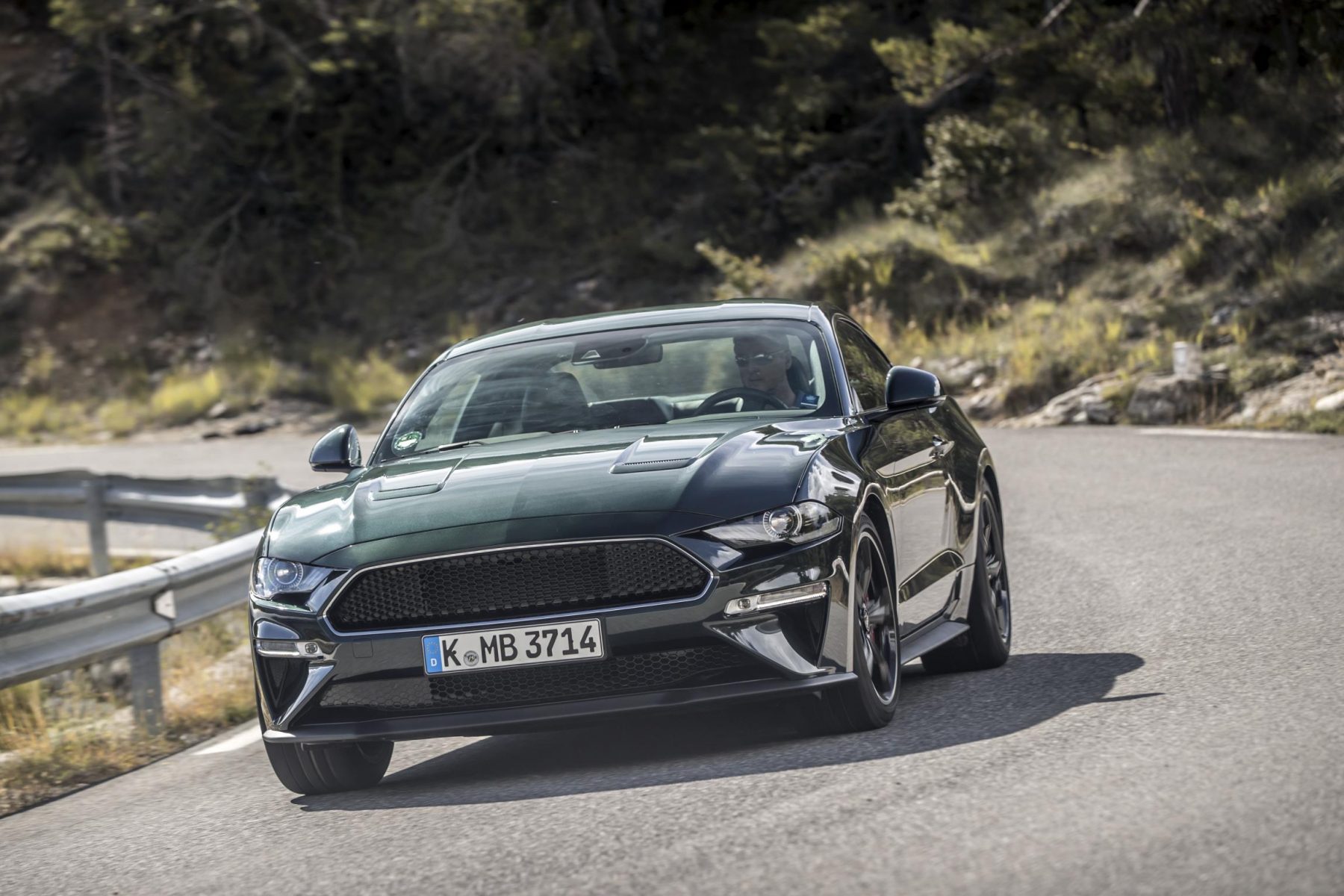

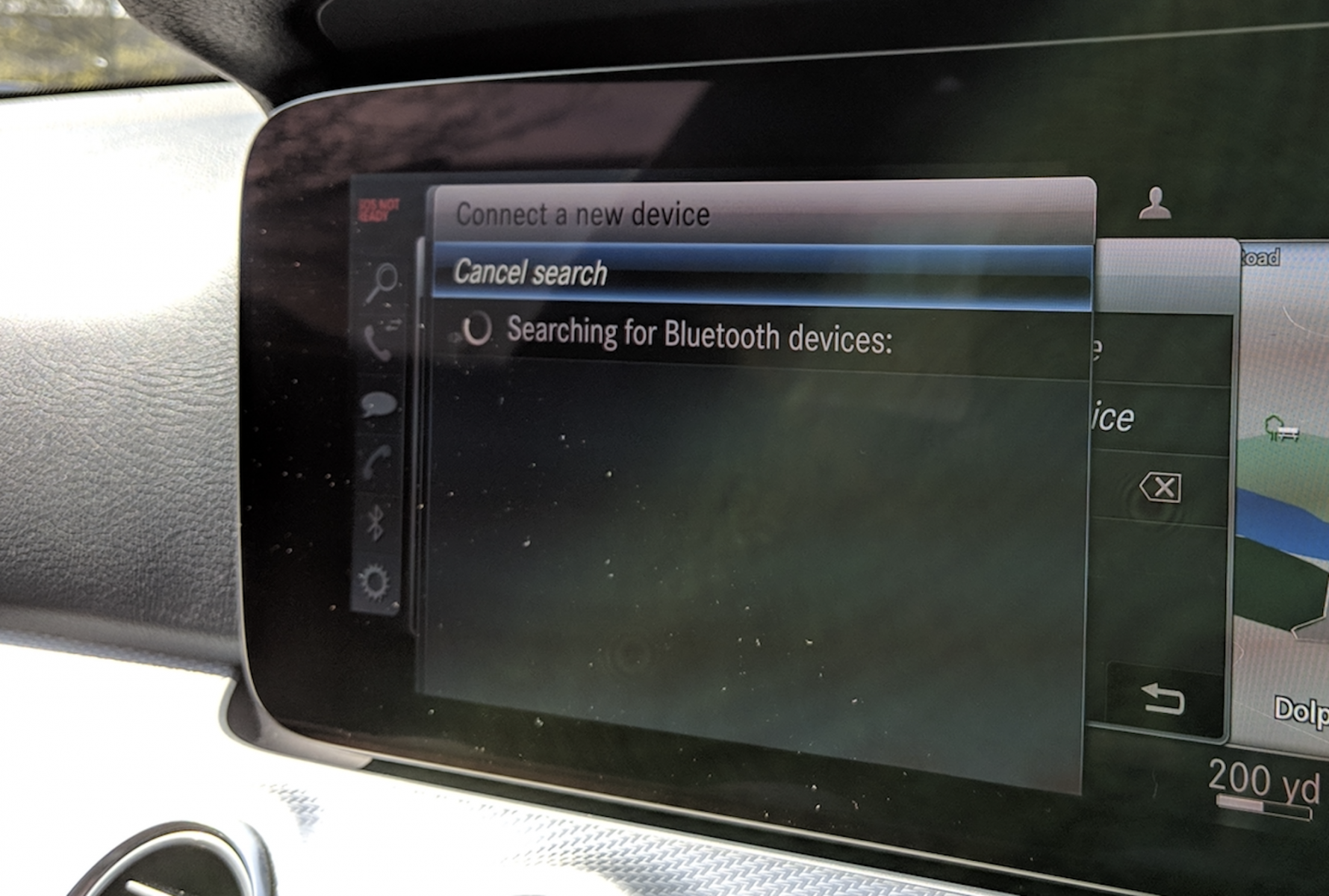
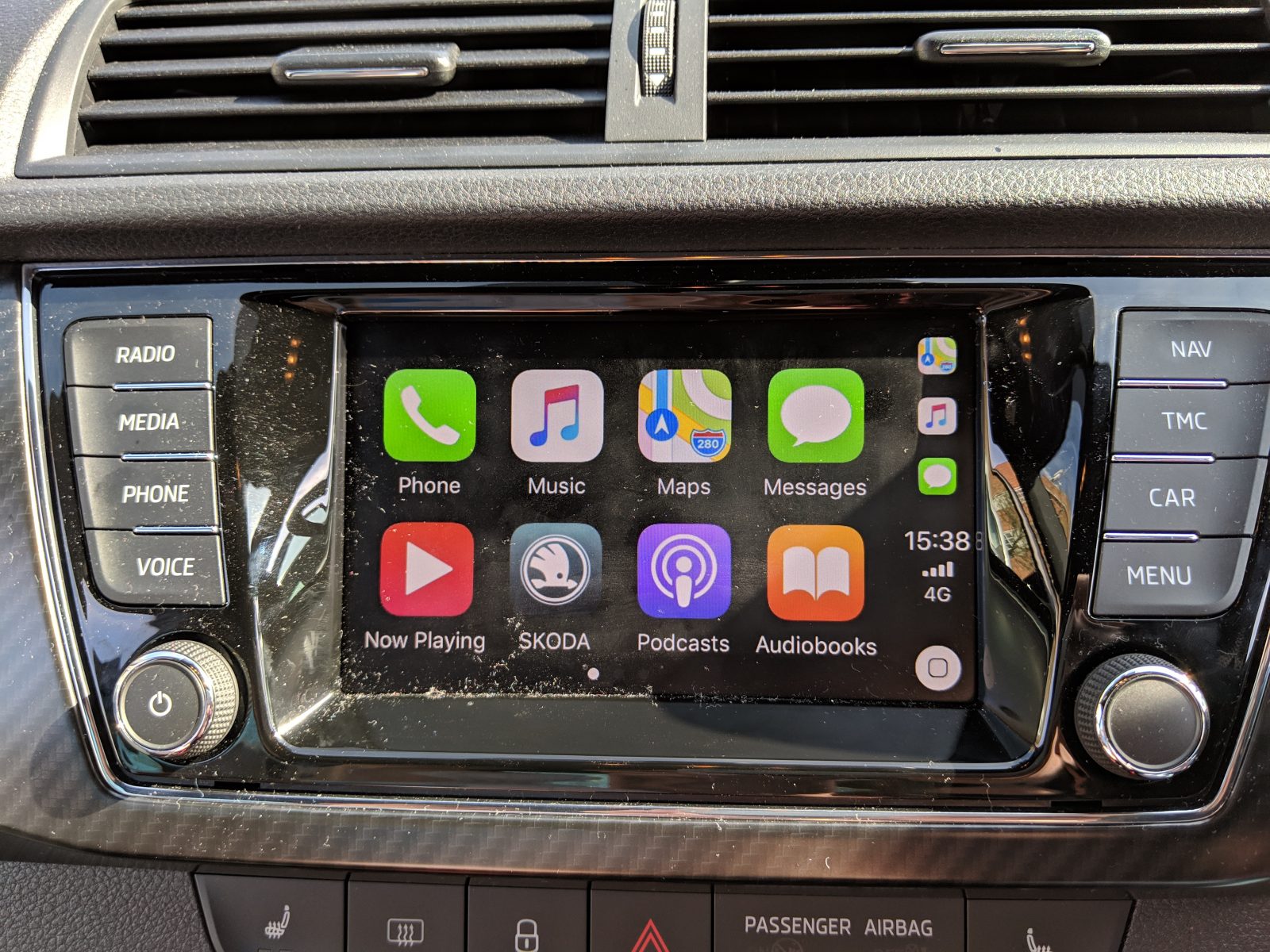
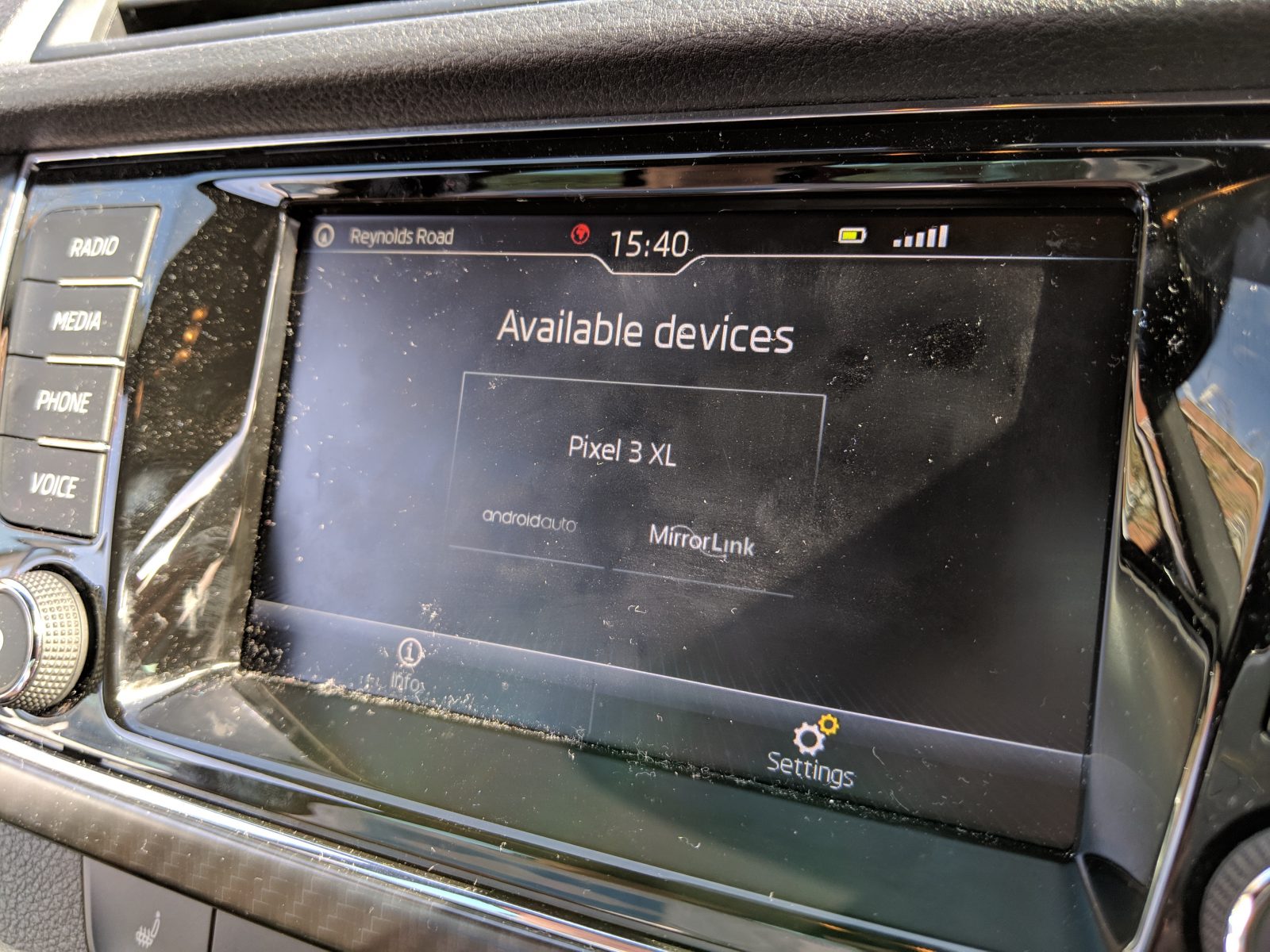
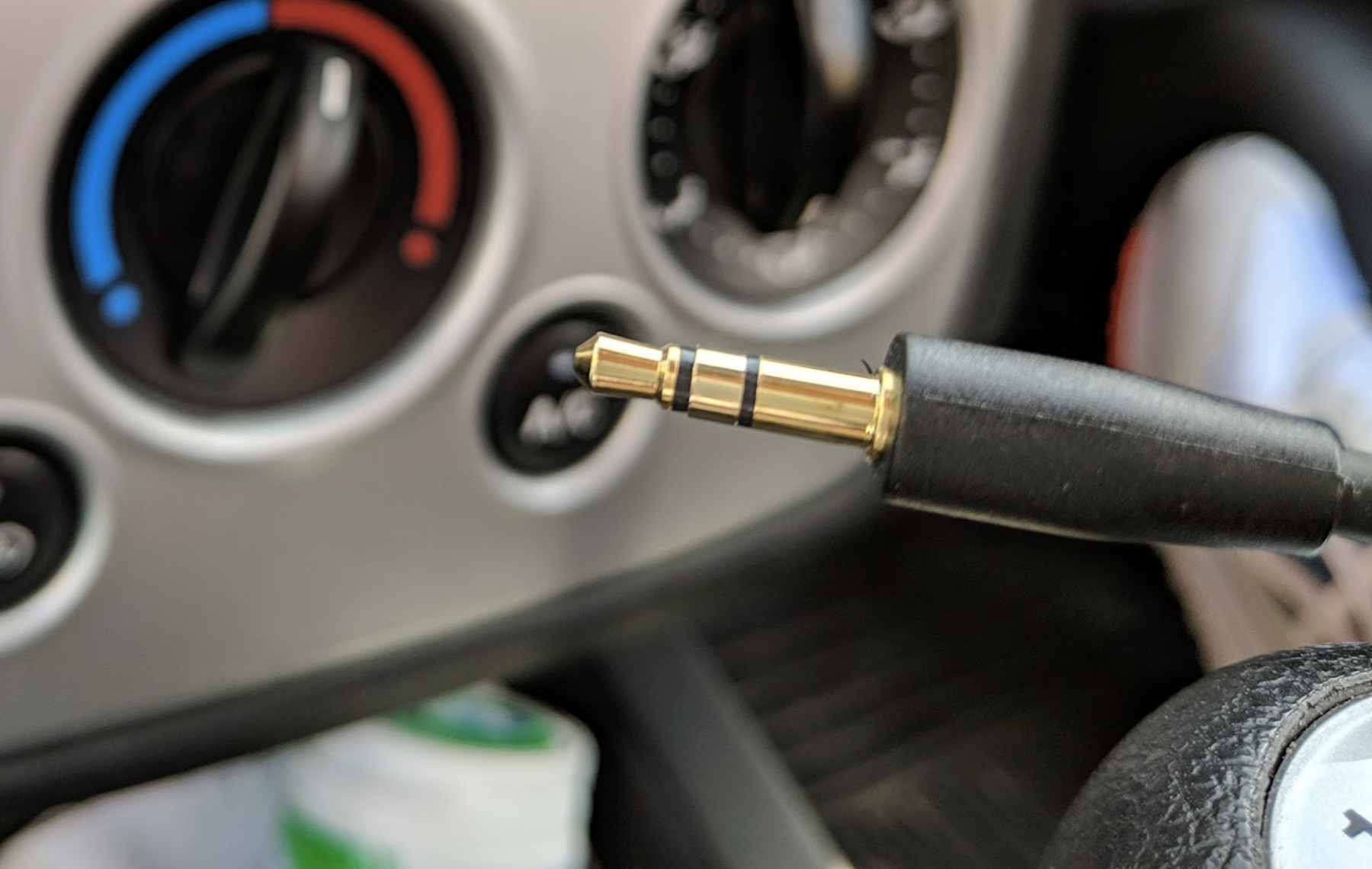
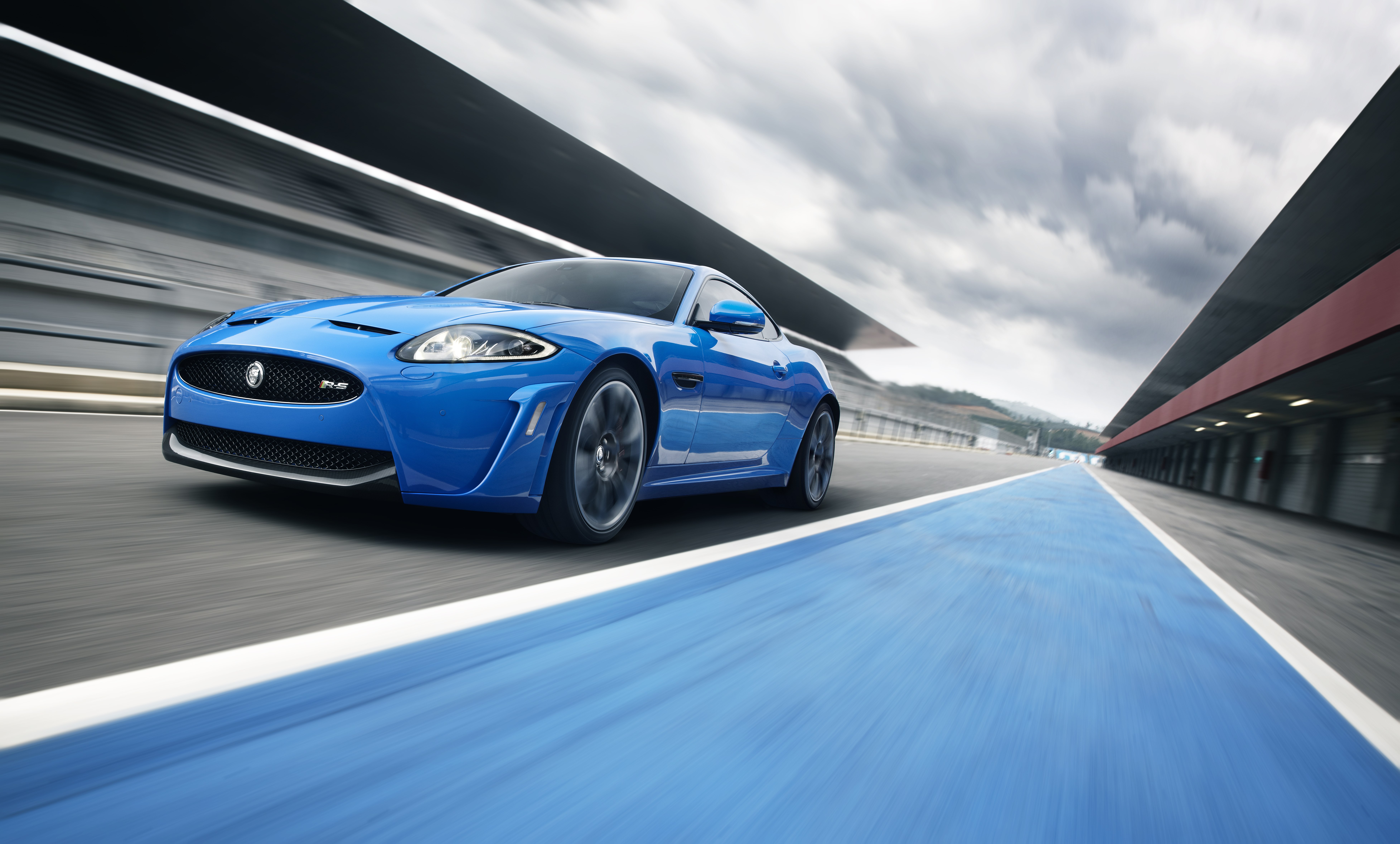
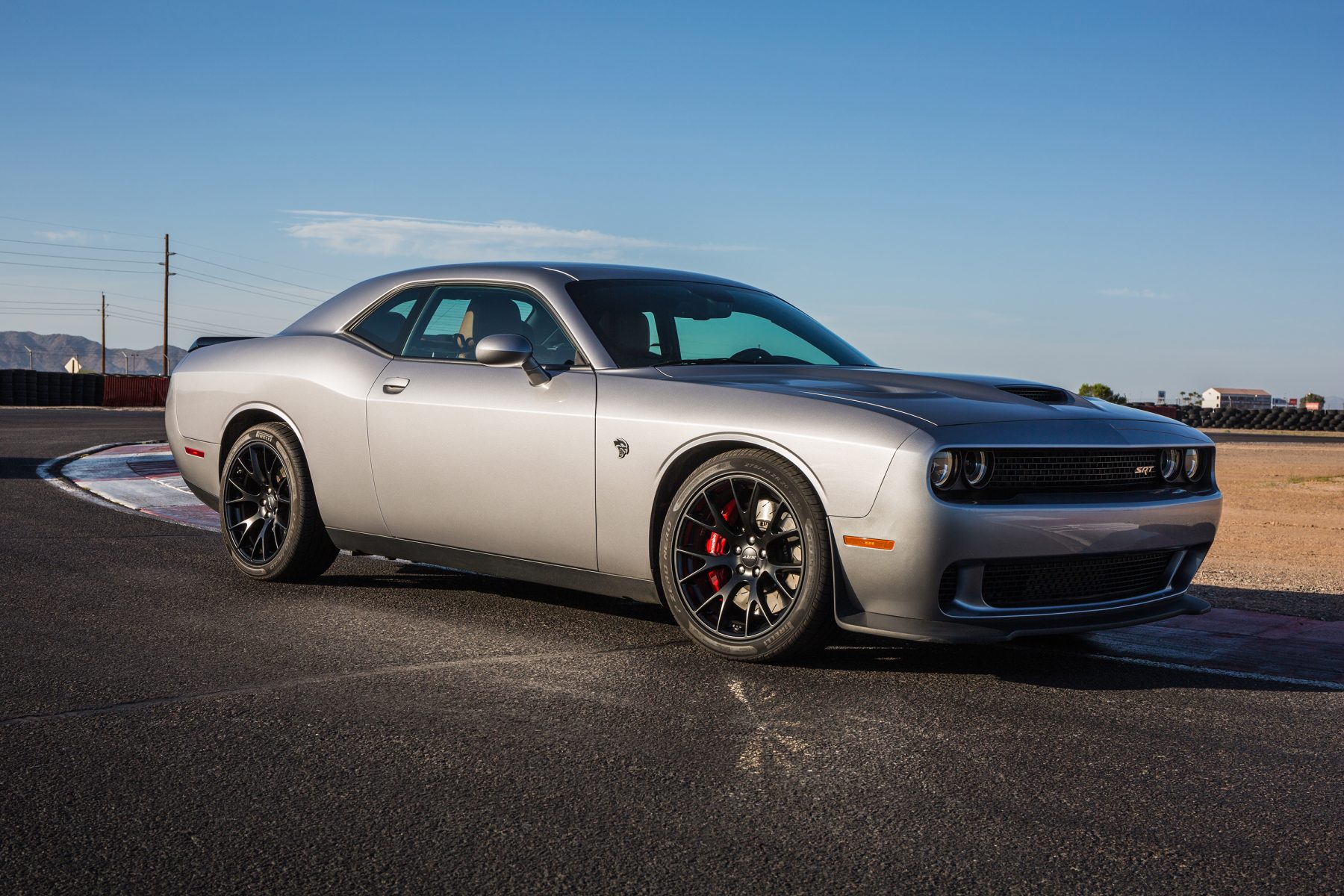 When the initial wave of new-generation, retro-inspired muscle cars arrived, some were slightly disappointed by their relative lack of performance – of course, these cars were built to be modified, so perhaps they only needed to be base models with which to improve upon.
When the initial wave of new-generation, retro-inspired muscle cars arrived, some were slightly disappointed by their relative lack of performance – of course, these cars were built to be modified, so perhaps they only needed to be base models with which to improve upon.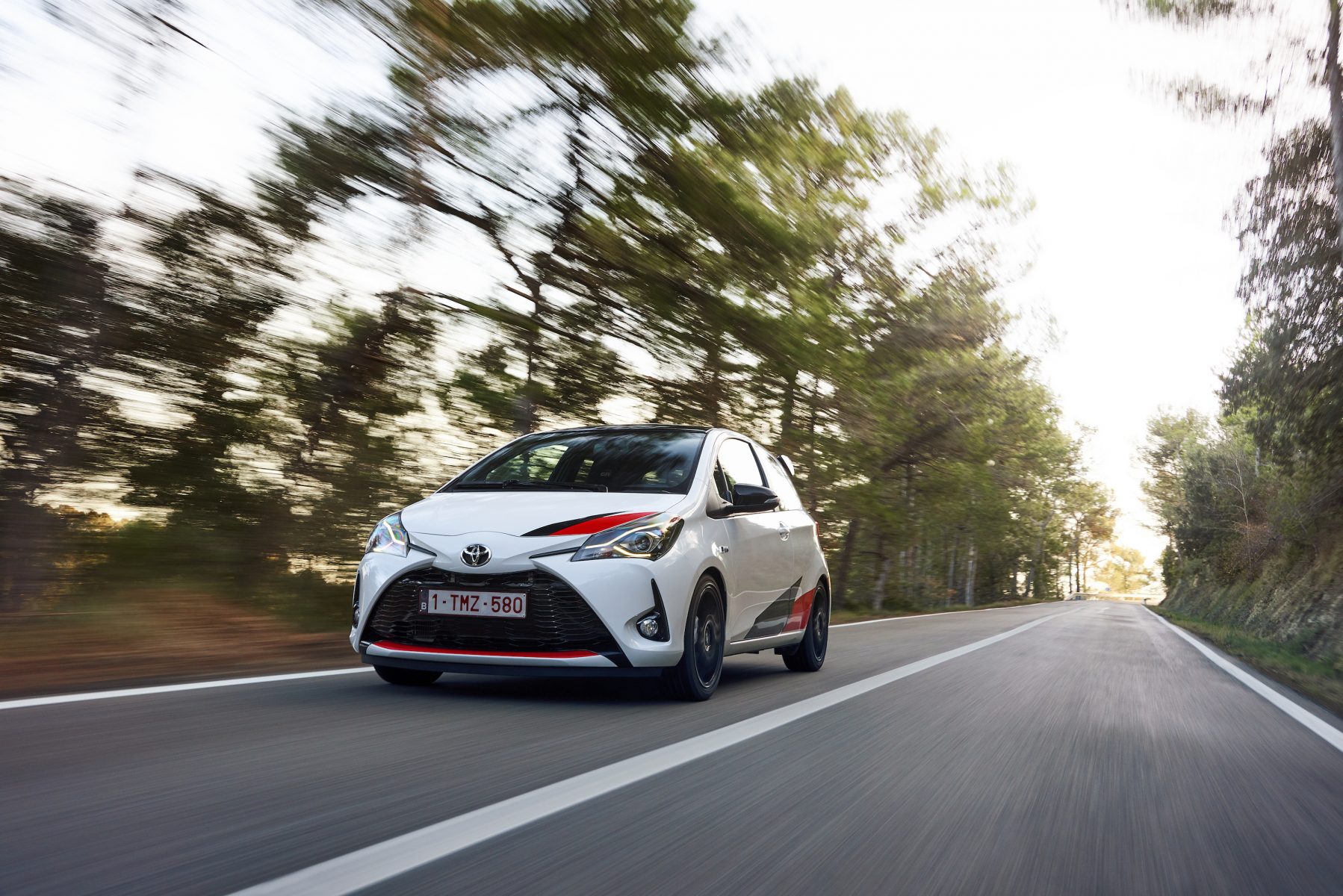 Thoroughly fettled by Toyota’s crack Gazoo Racing outfit, the Yaris GRMN is a limited edition hot hatch that’s quickly becoming a highly desirable car after its 2018 debut.
Thoroughly fettled by Toyota’s crack Gazoo Racing outfit, the Yaris GRMN is a limited edition hot hatch that’s quickly becoming a highly desirable car after its 2018 debut.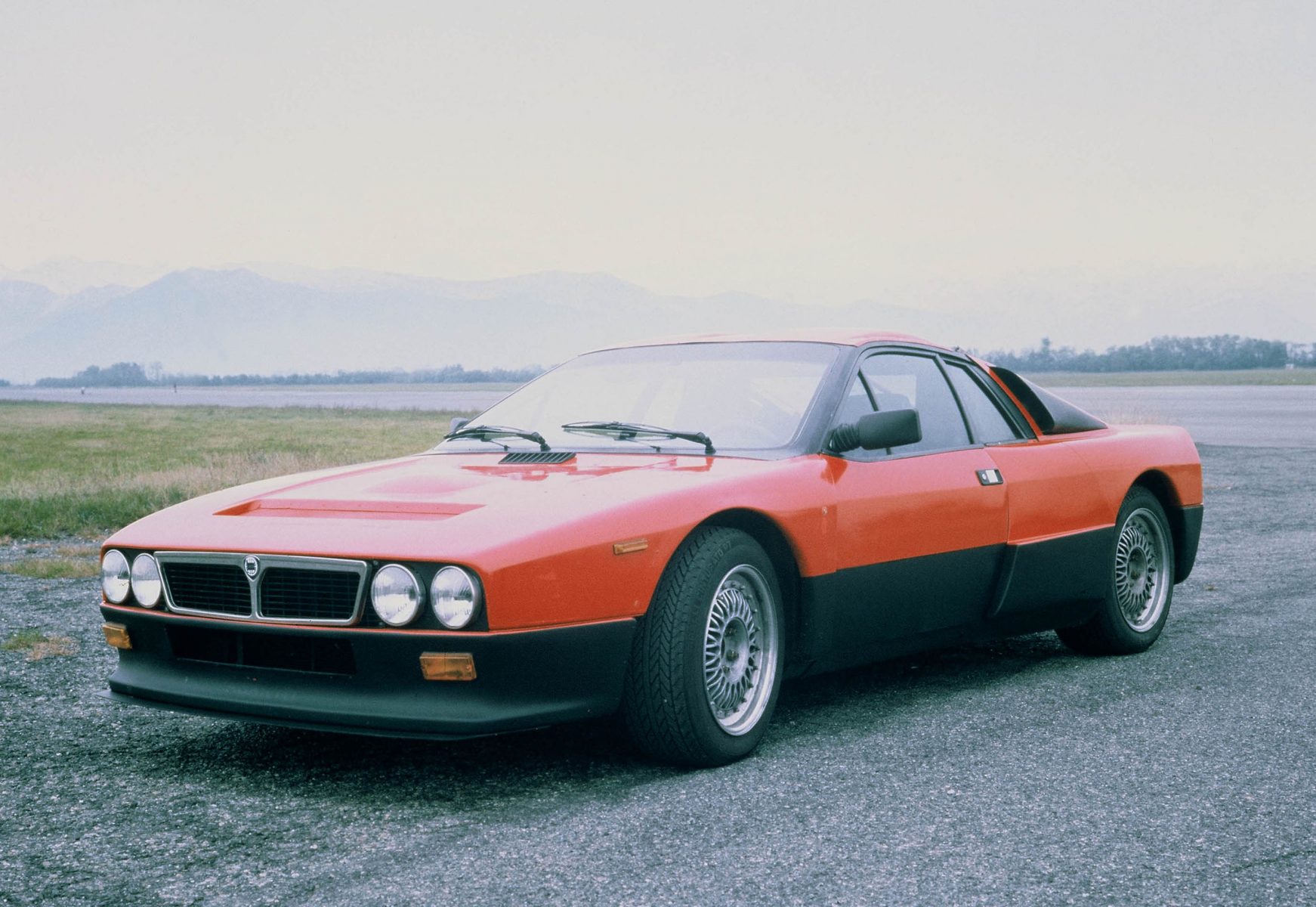 A product of the iconic ‘Group B’ World Rally Championship battles of the 1980s, the 037 was a mid-engined homologation special. With a mere 205bhp, the power of the 2.0-litre supercharged engine doesn’t raise many eyebrows.
A product of the iconic ‘Group B’ World Rally Championship battles of the 1980s, the 037 was a mid-engined homologation special. With a mere 205bhp, the power of the 2.0-litre supercharged engine doesn’t raise many eyebrows. Sportscar, grand tourer or muscle car coupe – however you choose to define the Jaguar XKR-S, it can safely be described as a truly savage car.
Sportscar, grand tourer or muscle car coupe – however you choose to define the Jaguar XKR-S, it can safely be described as a truly savage car. The ZR1 nameplate has long been the performance peak of the Chevrolet Corvette line-up.
The ZR1 nameplate has long been the performance peak of the Chevrolet Corvette line-up.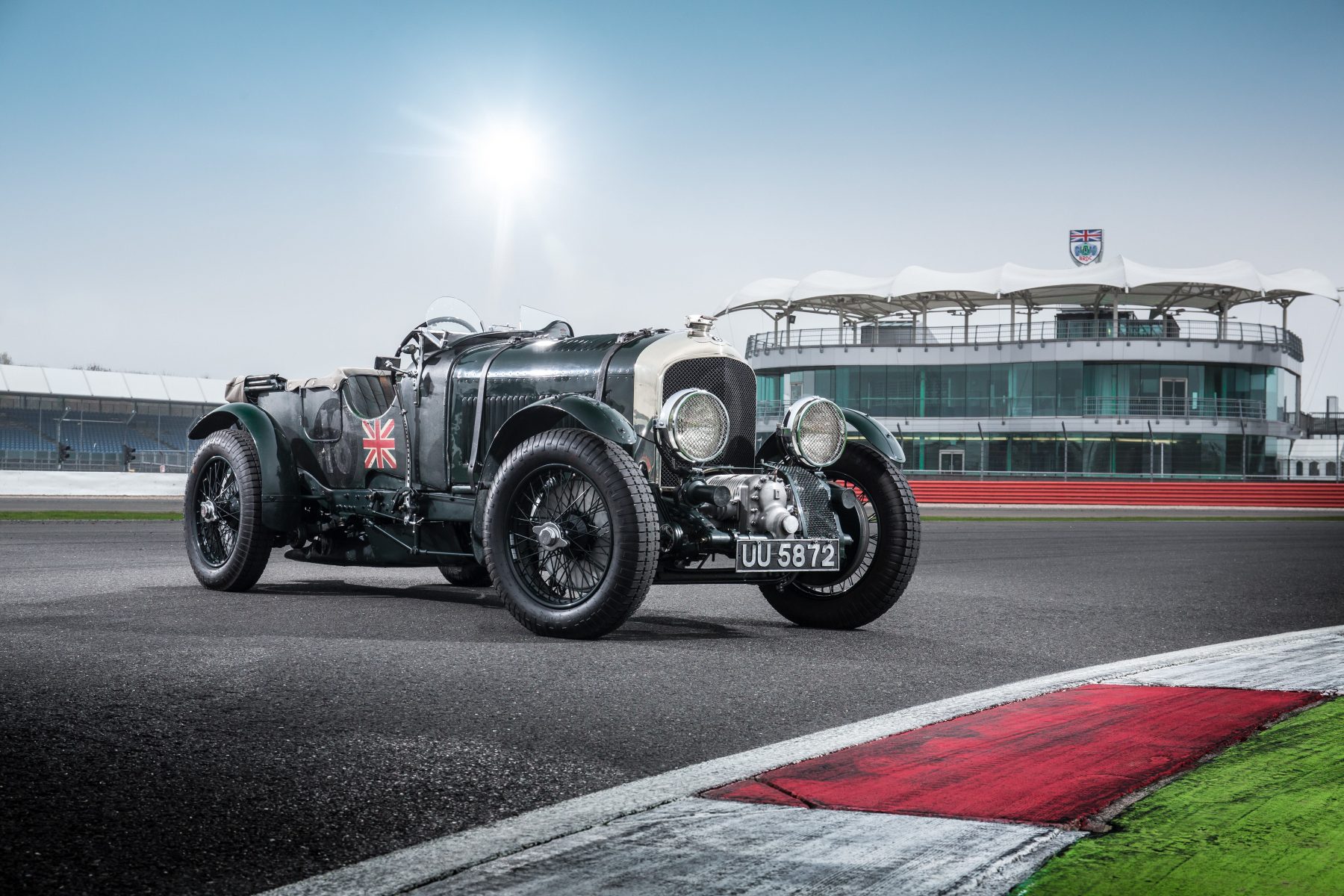 Not many cars feature a supercharger exposed to the elements, but that was the case with the famous Blower Bentleys that plied their trade at the Le Mans 24 Hours in the 1920s.
Not many cars feature a supercharger exposed to the elements, but that was the case with the famous Blower Bentleys that plied their trade at the Le Mans 24 Hours in the 1920s.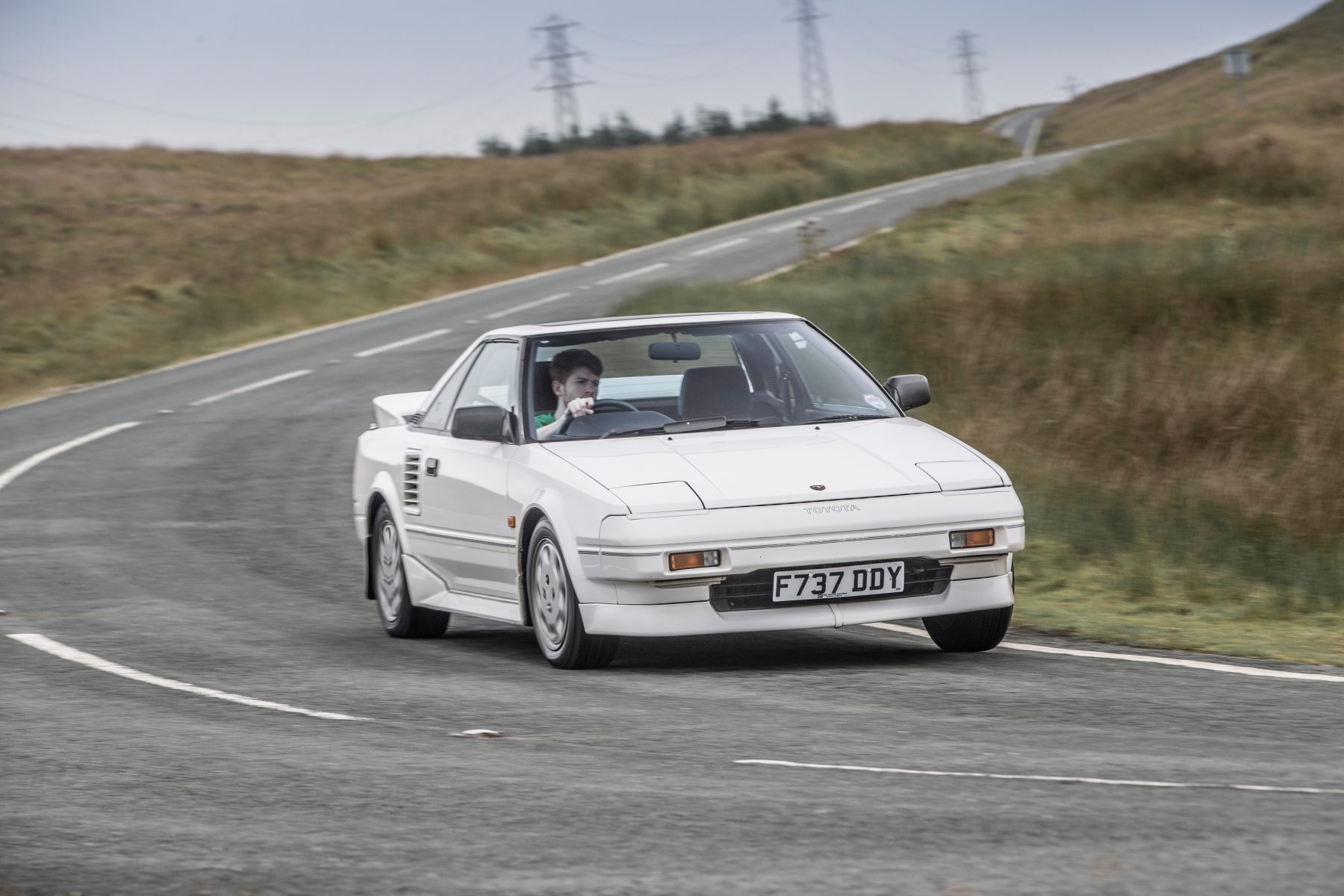 The first-generation MR2 was a fun car as standard, but its creators at Toyota clearly didn’t think it was fun enough, as a supercharged variant arrived in 1986 in Japan, and 1988 in North America.
The first-generation MR2 was a fun car as standard, but its creators at Toyota clearly didn’t think it was fun enough, as a supercharged variant arrived in 1986 in Japan, and 1988 in North America.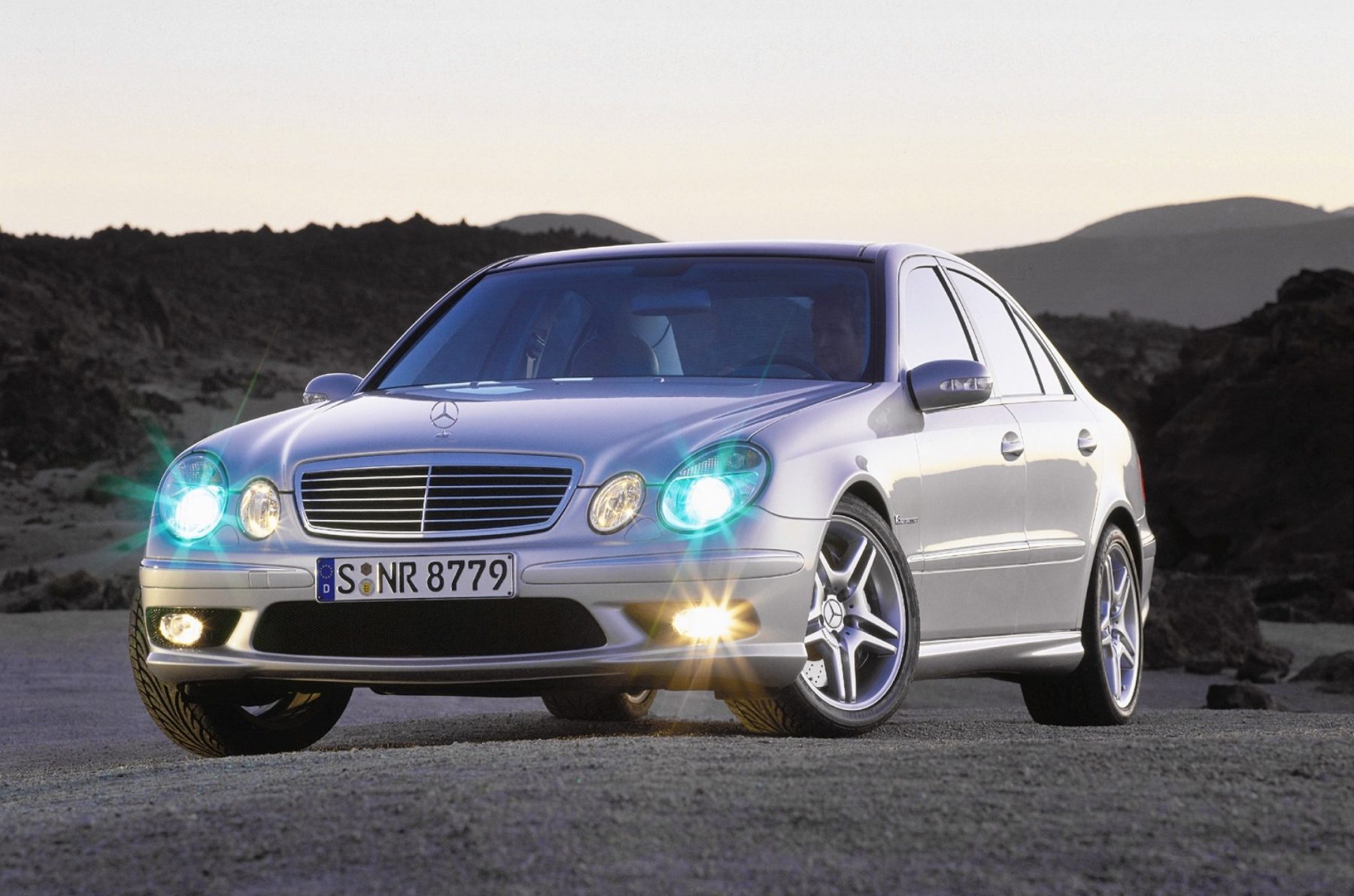 The E55 AMG was rightfully seen as a four-door rocket ship when it debuted at the 2002 Paris Motor Show.
The E55 AMG was rightfully seen as a four-door rocket ship when it debuted at the 2002 Paris Motor Show.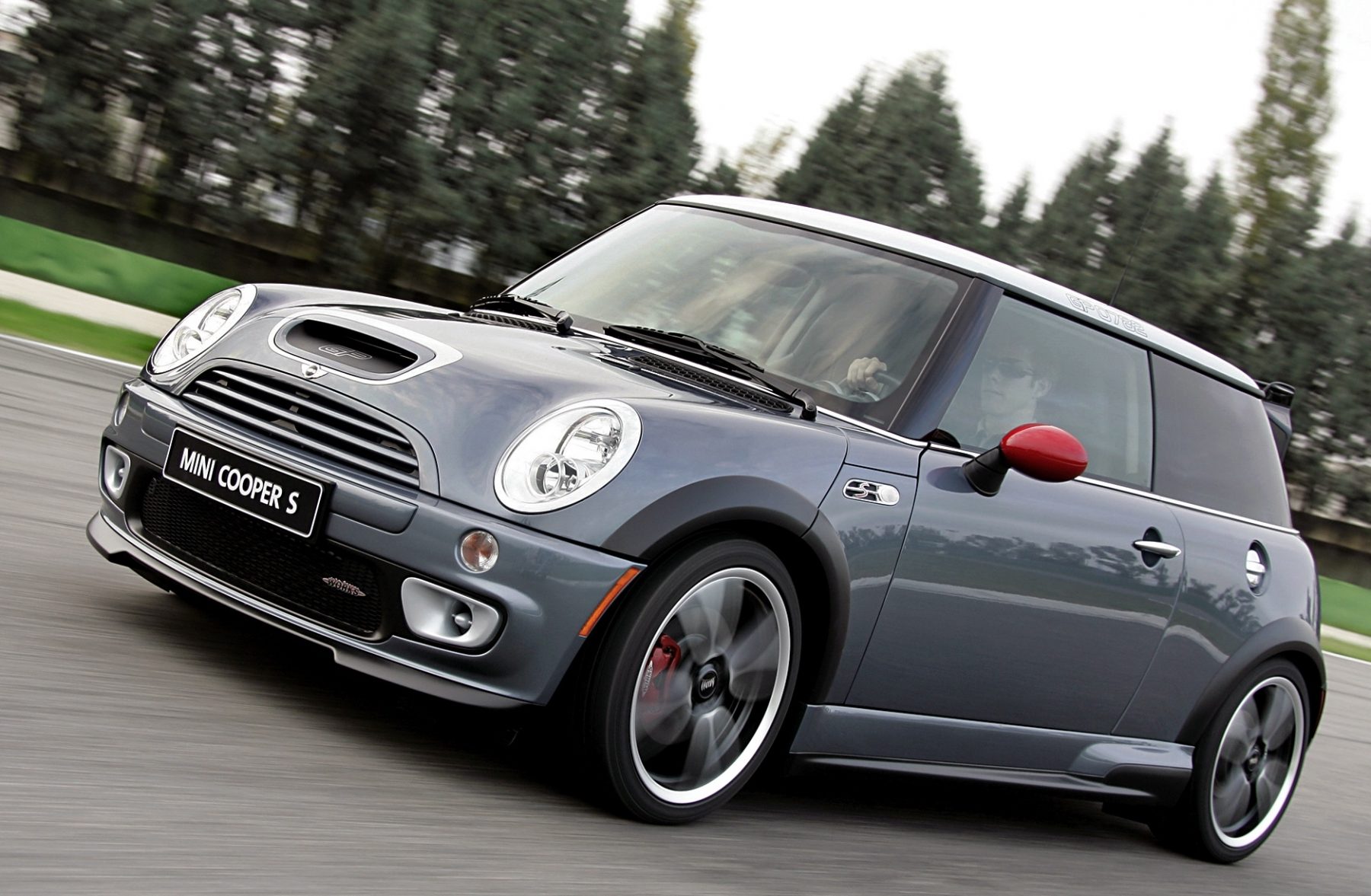 When the end of the line came for the first of the BMW-built Minis, one last performance version was put into production at a limited run of just 2,000 units.
When the end of the line came for the first of the BMW-built Minis, one last performance version was put into production at a limited run of just 2,000 units.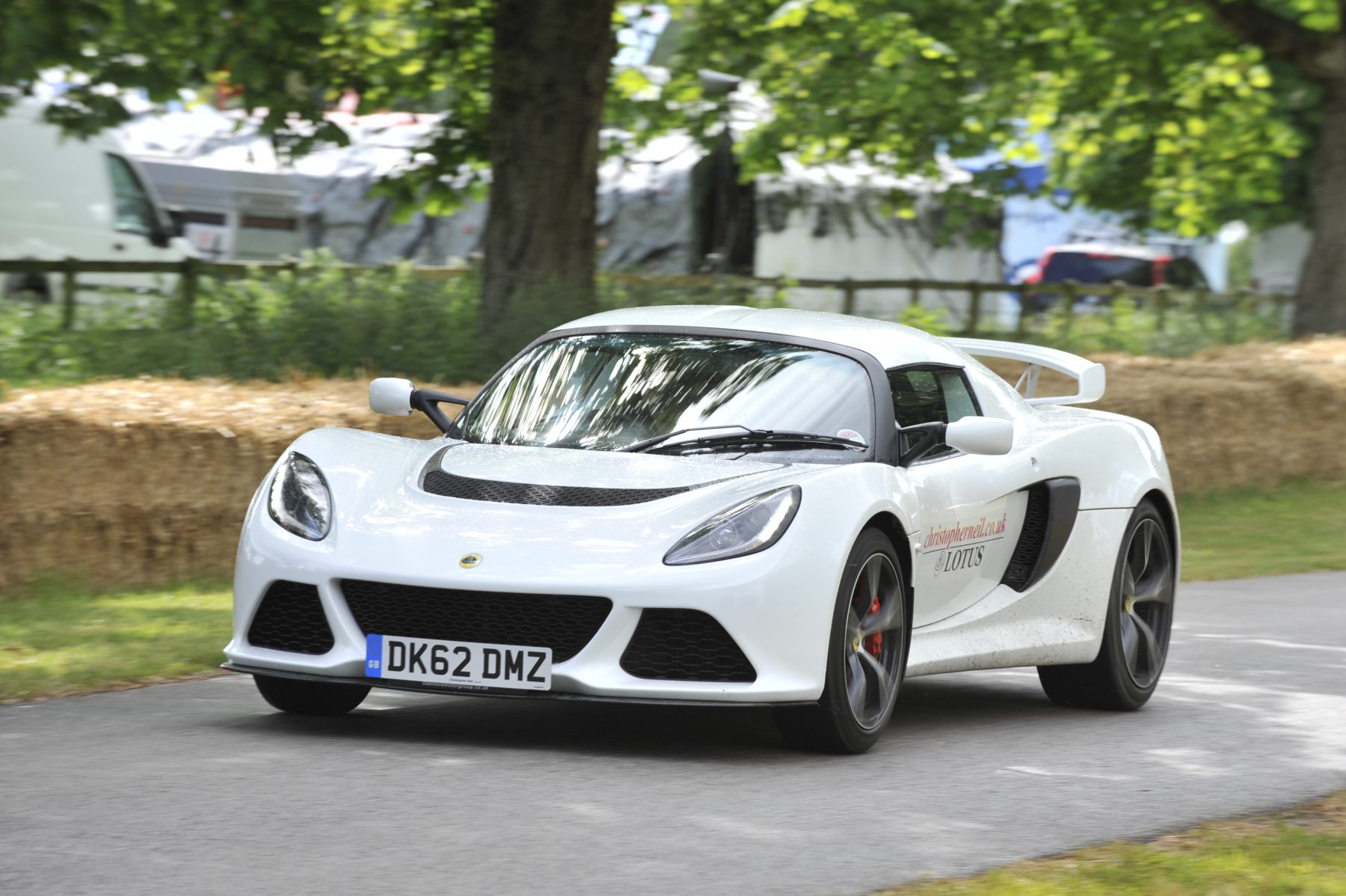 A more extreme version of the Elise, the Exige first received supercharging in the form of a 1.8-litre Toyota engine. However, the current, third-generation Exige features a 3.5-litre unit, also sampled from the Japanese manufacturer.
A more extreme version of the Elise, the Exige first received supercharging in the form of a 1.8-litre Toyota engine. However, the current, third-generation Exige features a 3.5-litre unit, also sampled from the Japanese manufacturer.
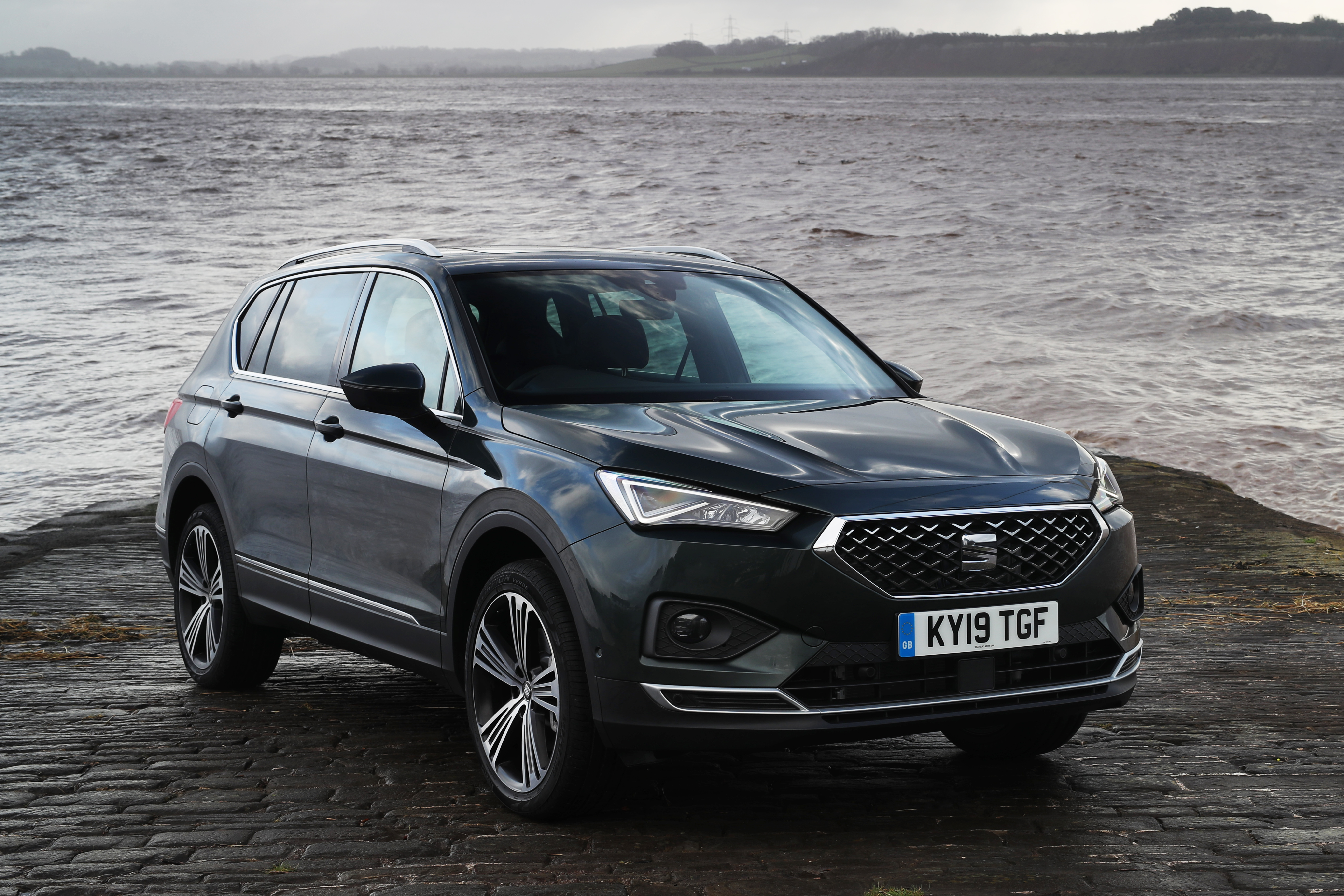

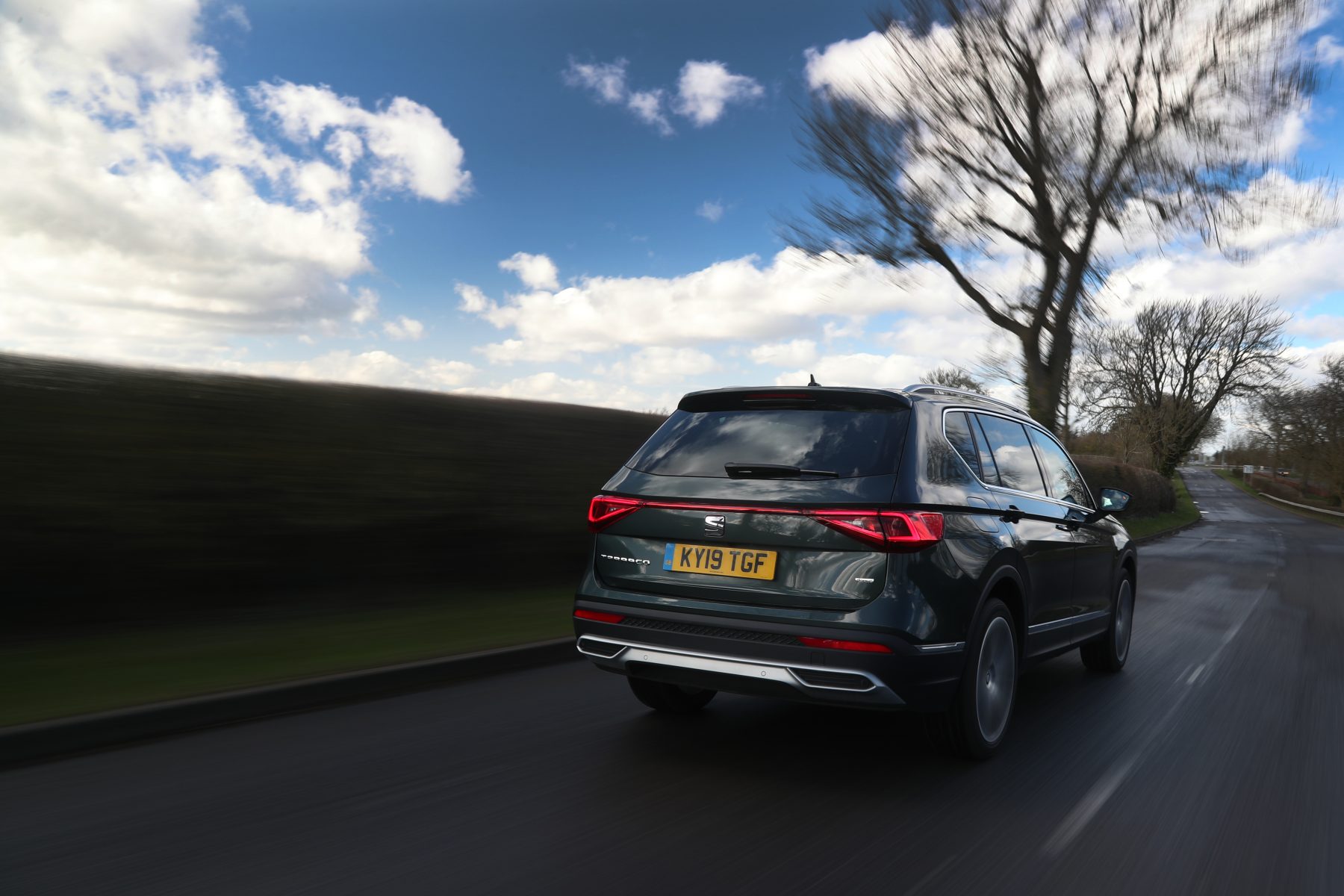
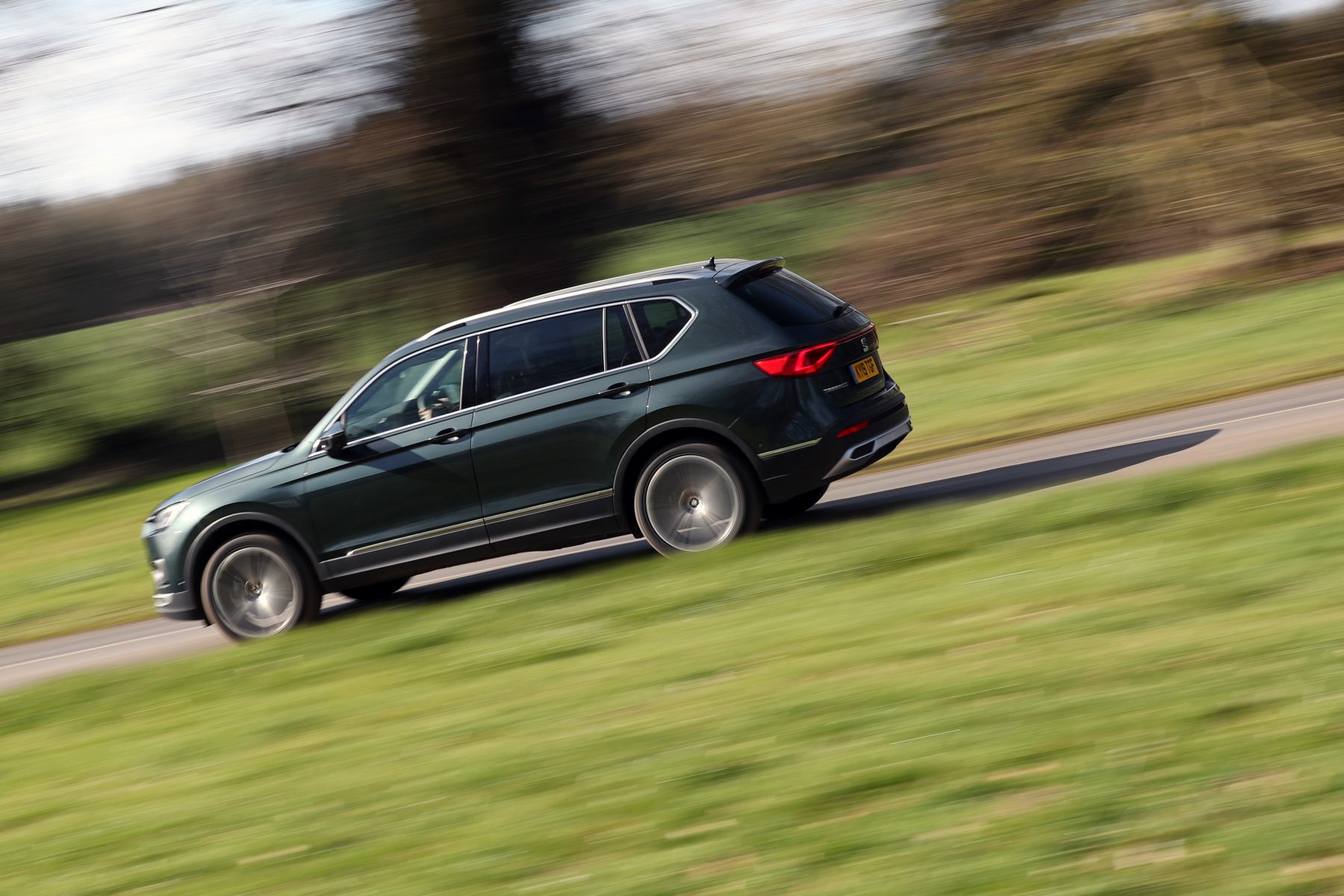



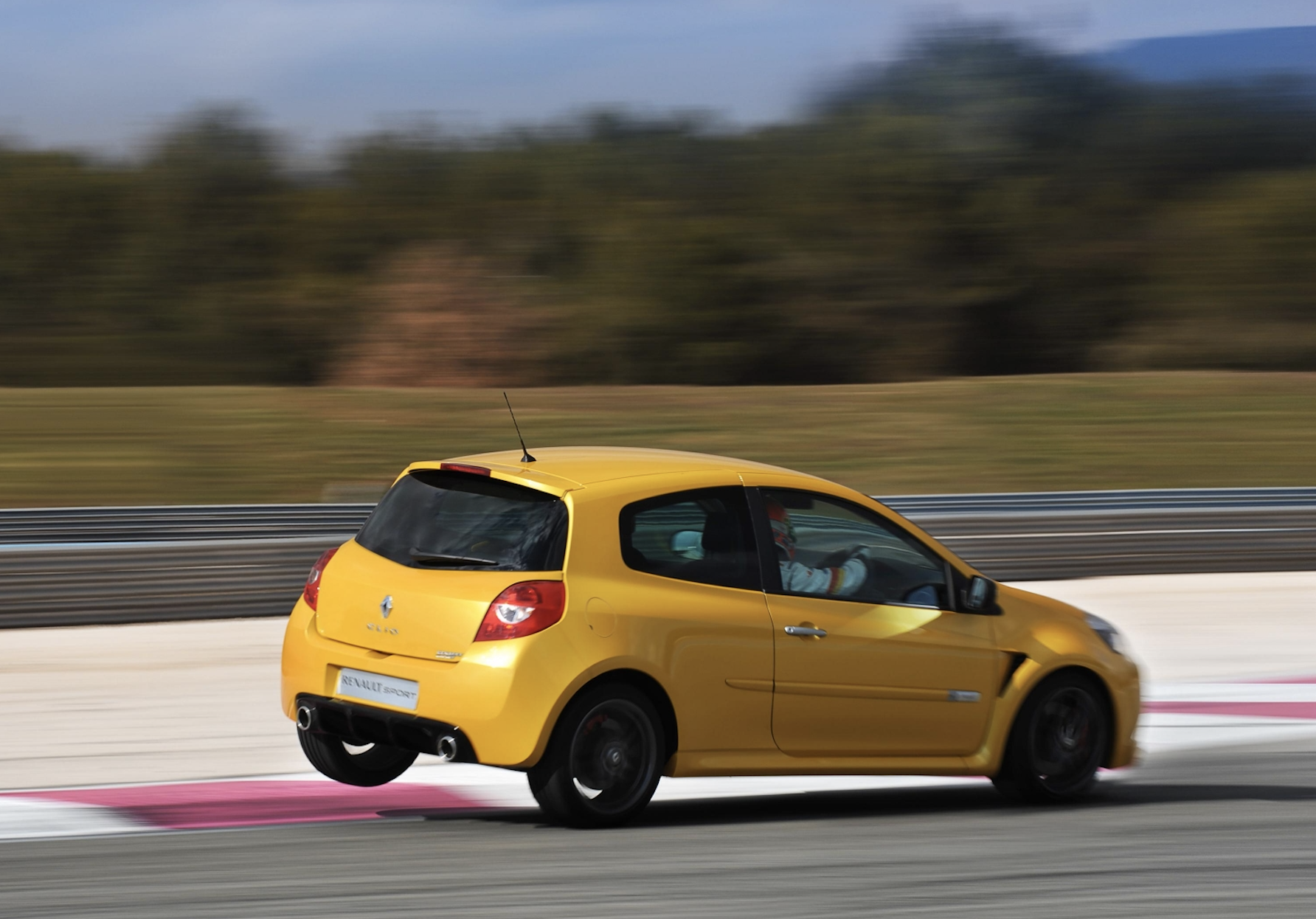
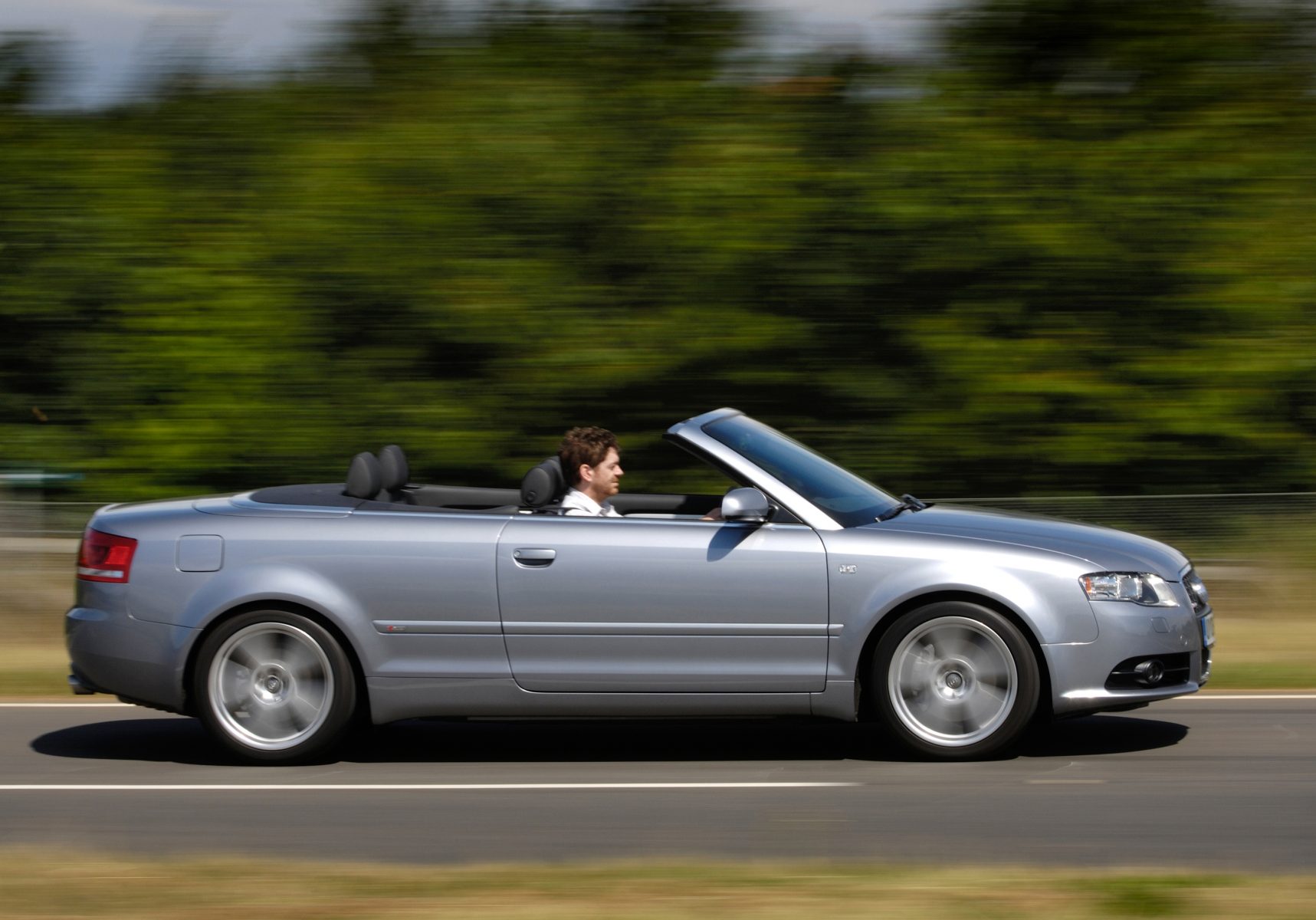 The Audi A4 Convertible may not be the most exciting of cars, but it ticks all of the boxes for a springtime special. There’s plenty of space for four people to enjoy the journey, and it won’t be expensive to run, either. Plus, because it’s a convertible, you’re free to enjoy the very best of the weather. And, if it turns particularly British, the folding roof does a good job of insulating the cabin from the outside.
The Audi A4 Convertible may not be the most exciting of cars, but it ticks all of the boxes for a springtime special. There’s plenty of space for four people to enjoy the journey, and it won’t be expensive to run, either. Plus, because it’s a convertible, you’re free to enjoy the very best of the weather. And, if it turns particularly British, the folding roof does a good job of insulating the cabin from the outside.